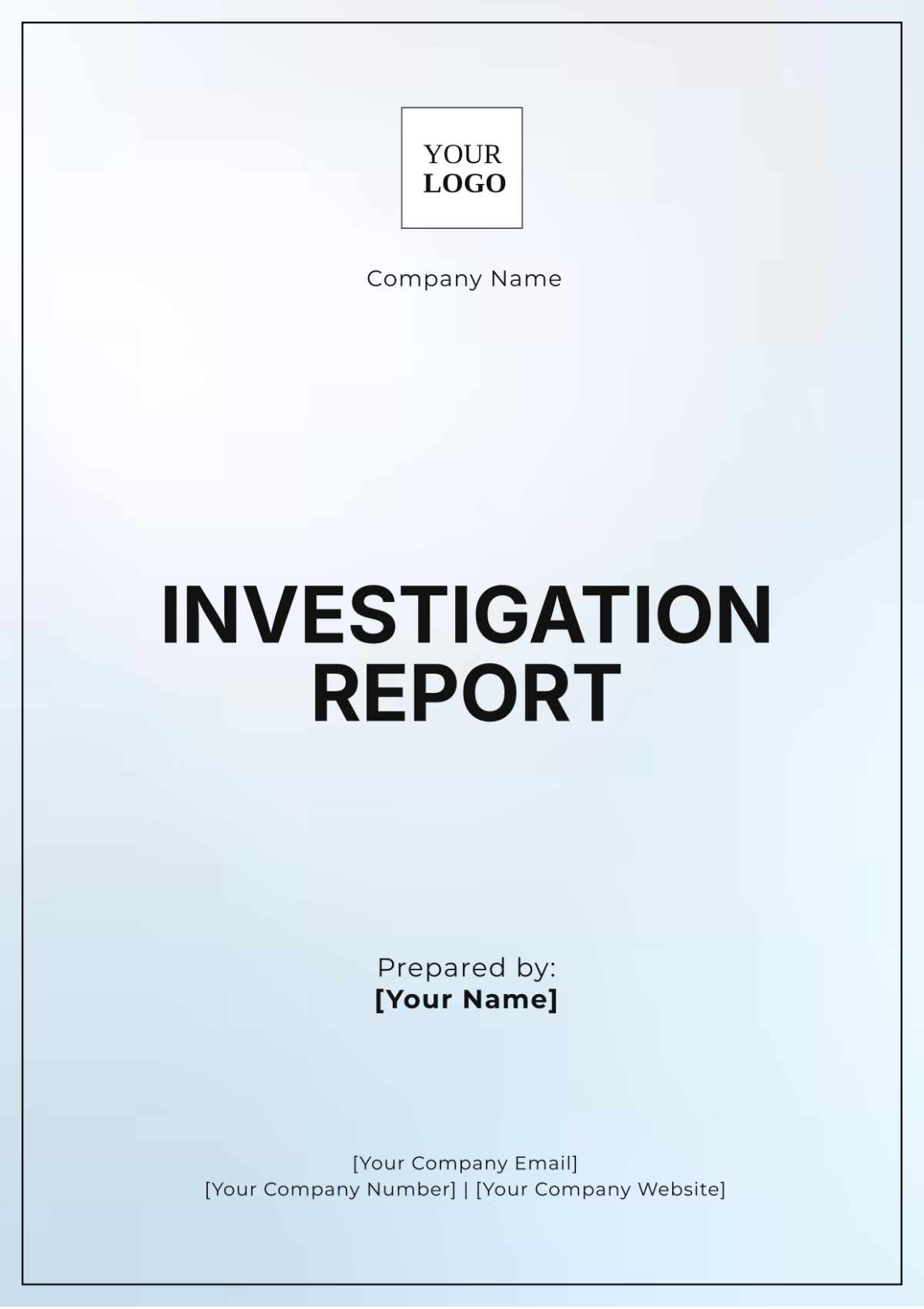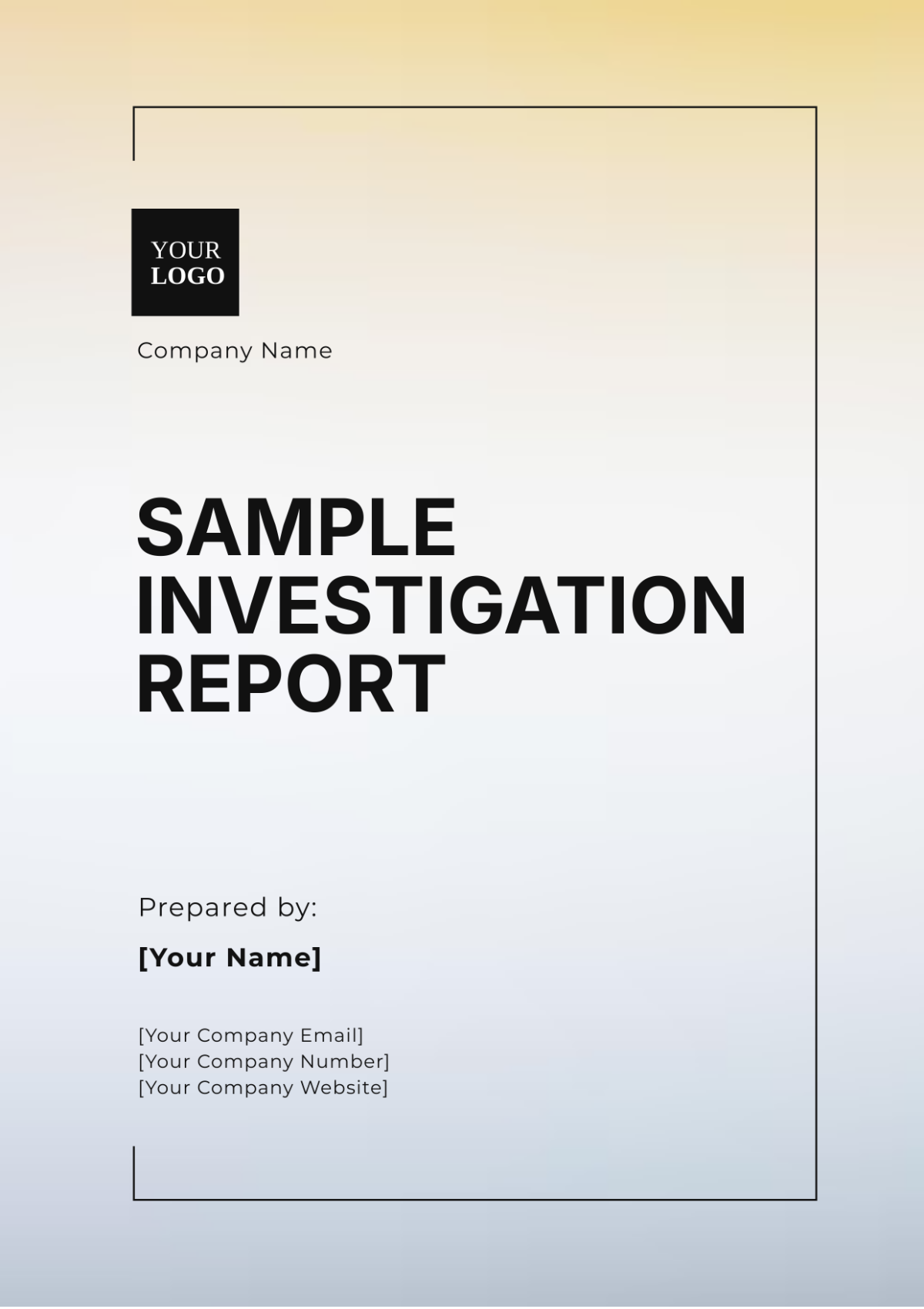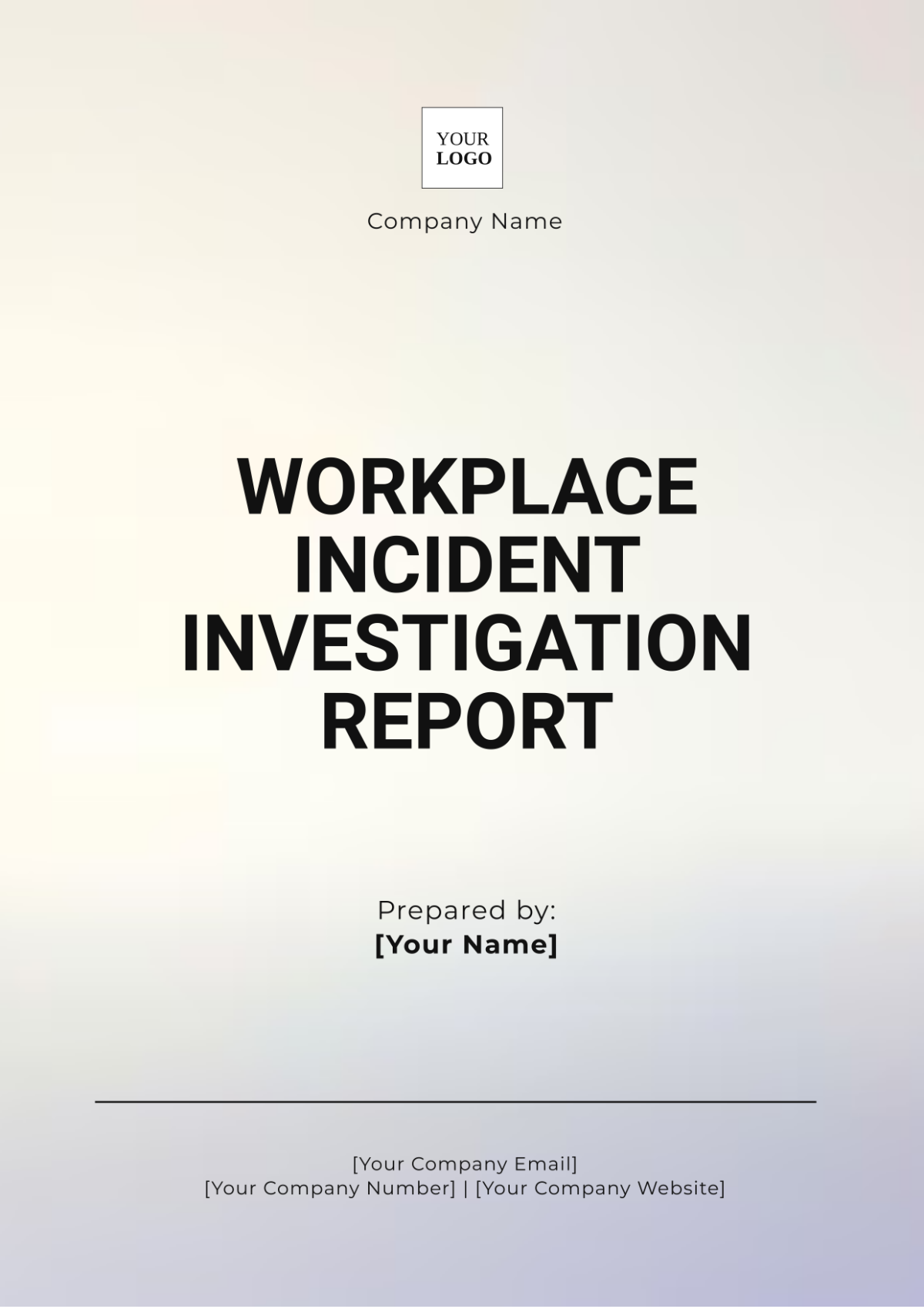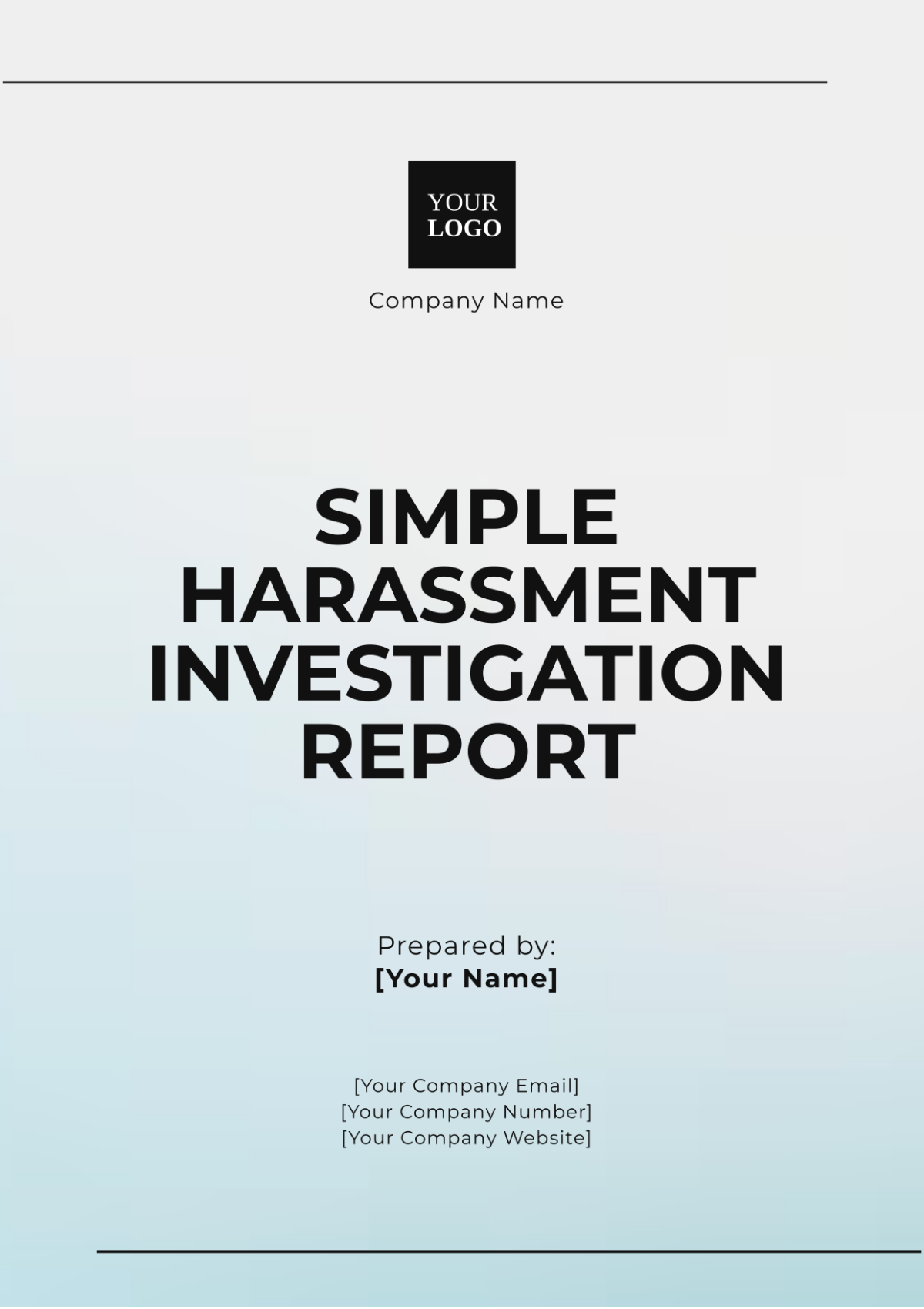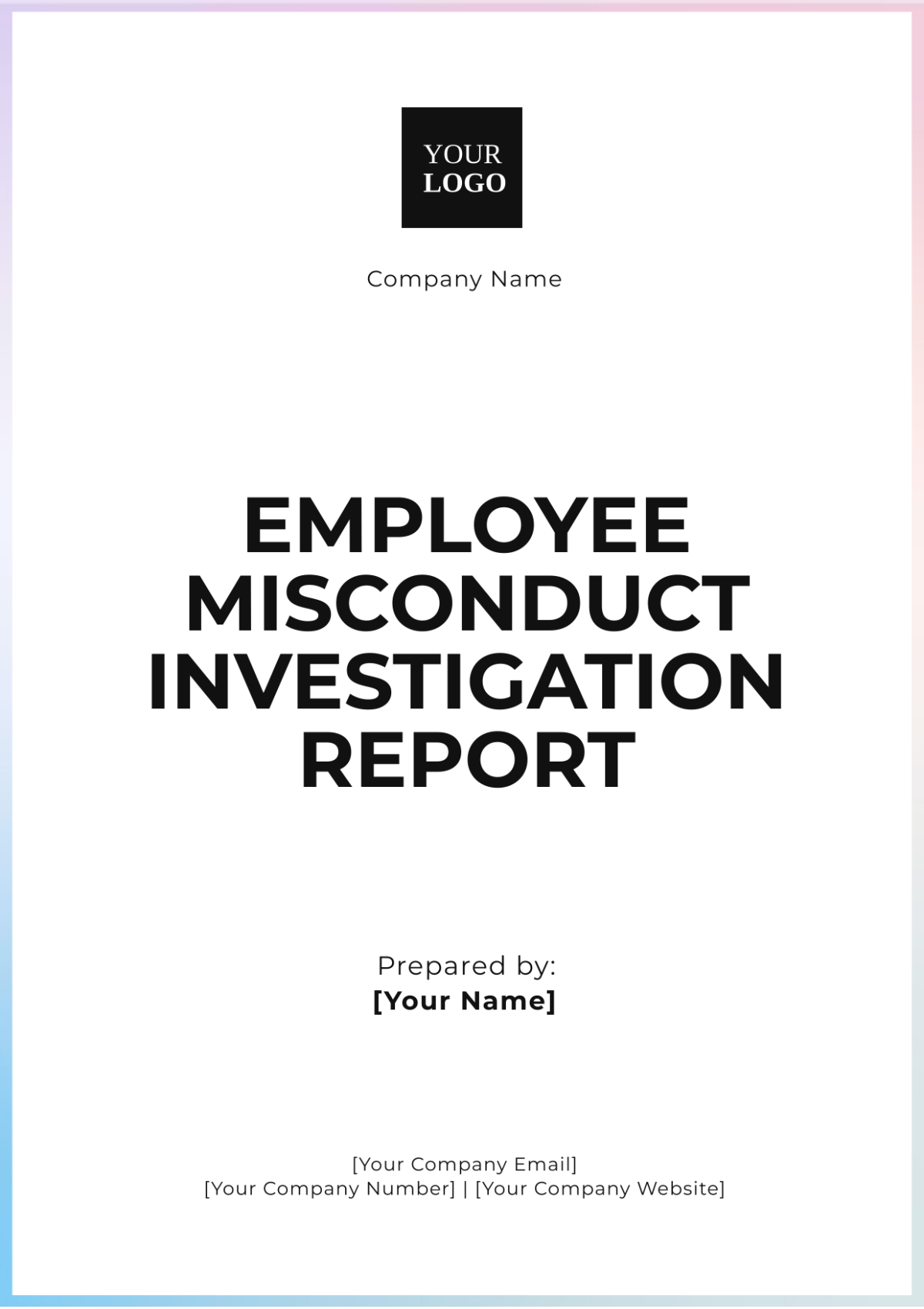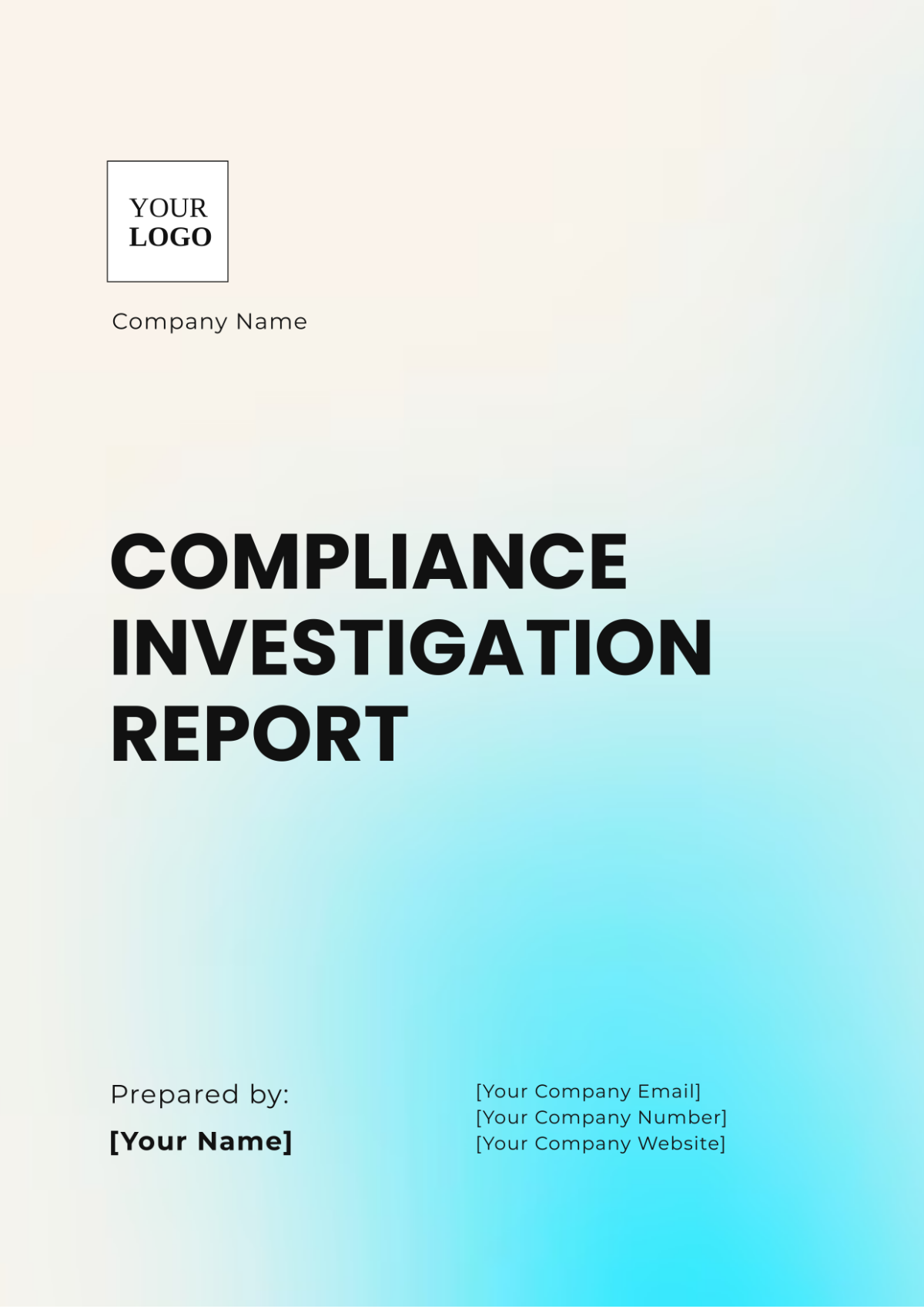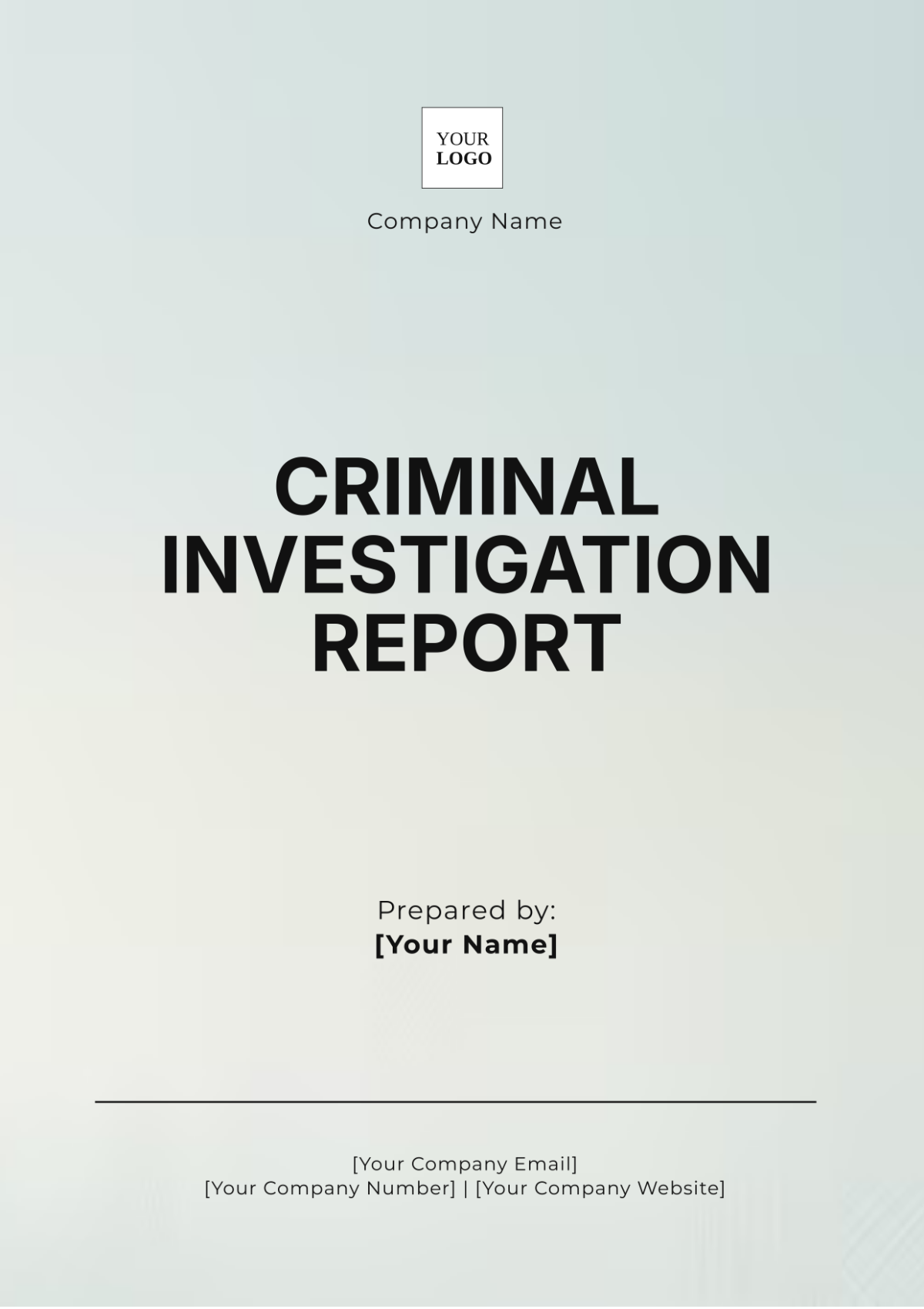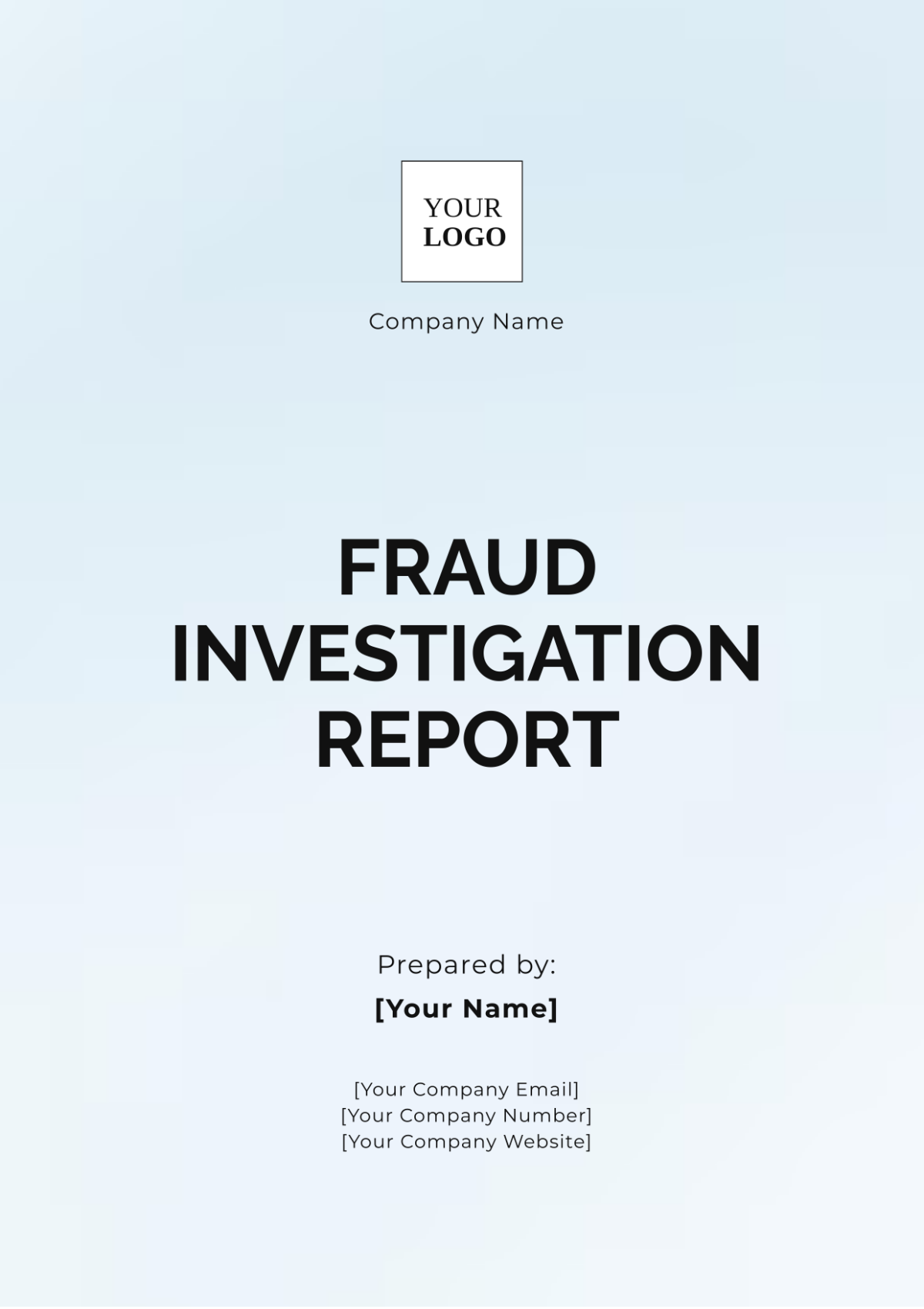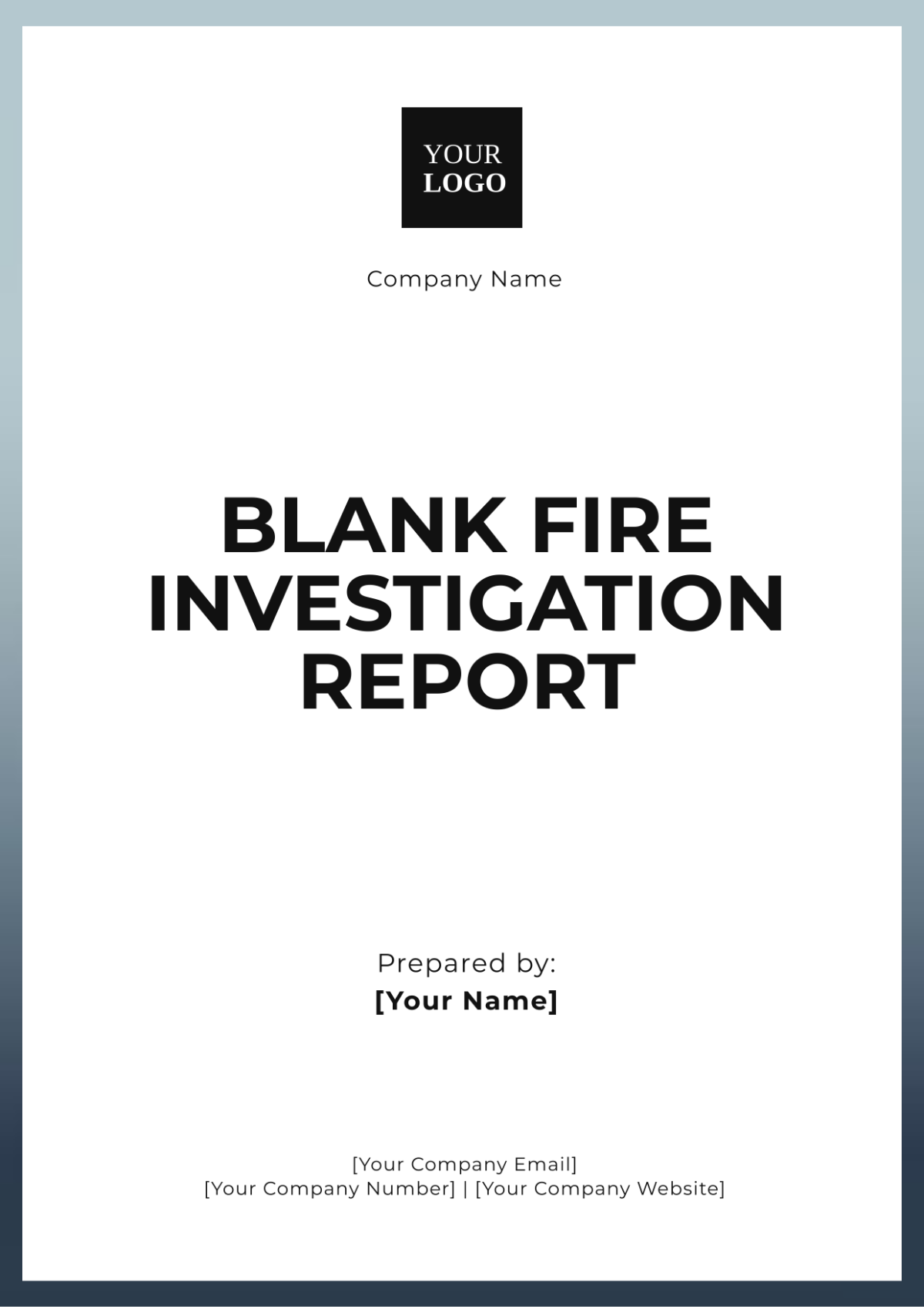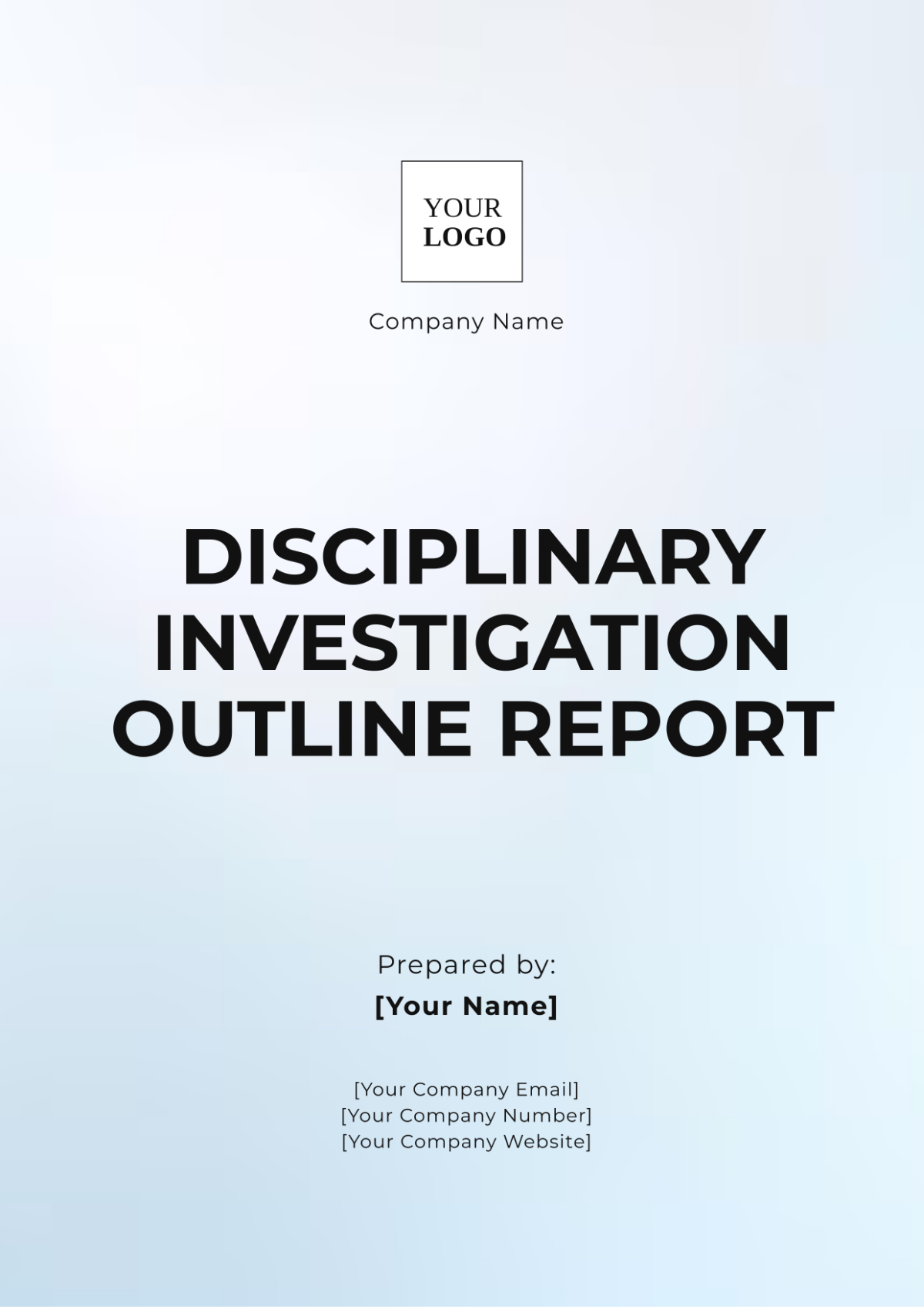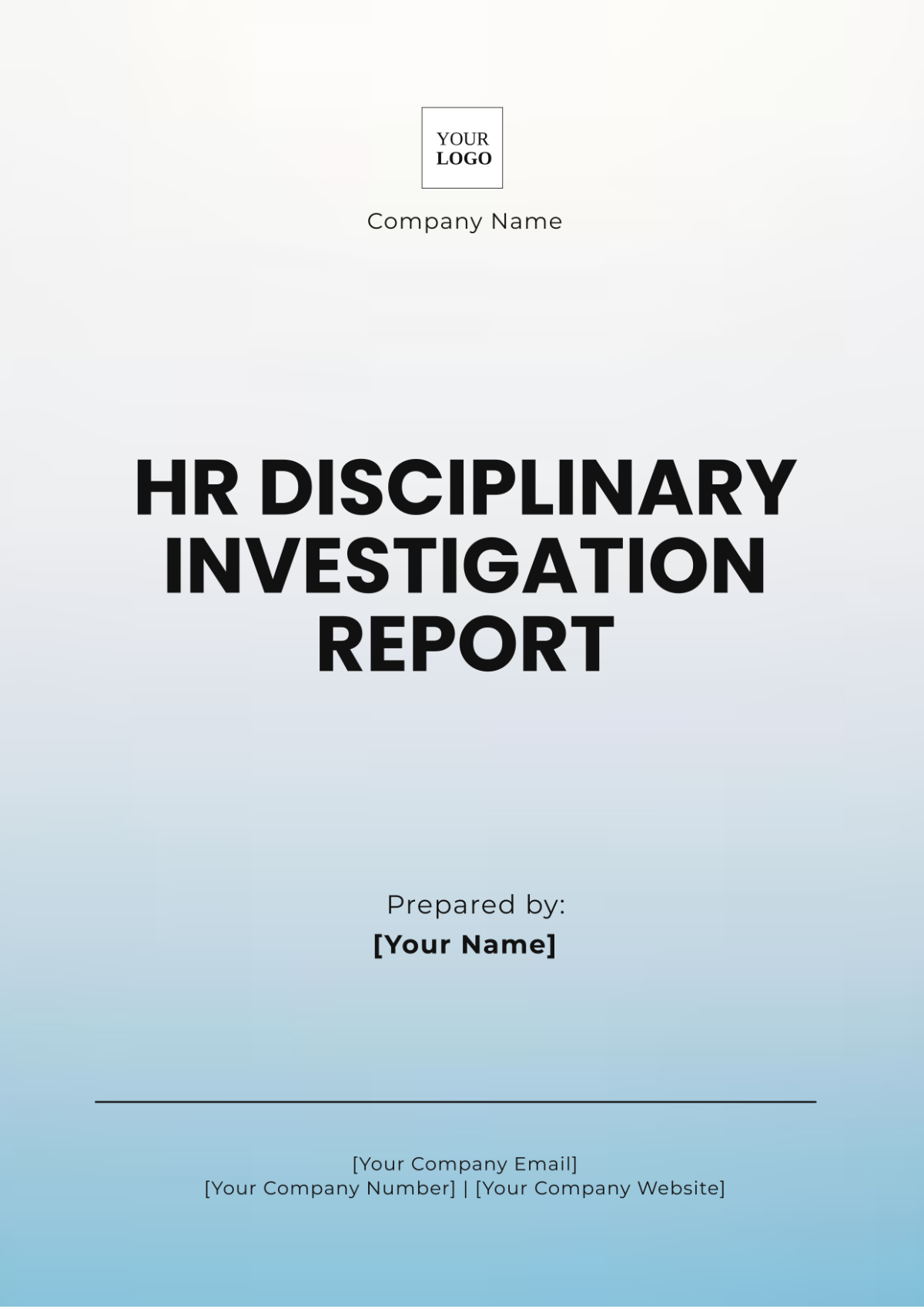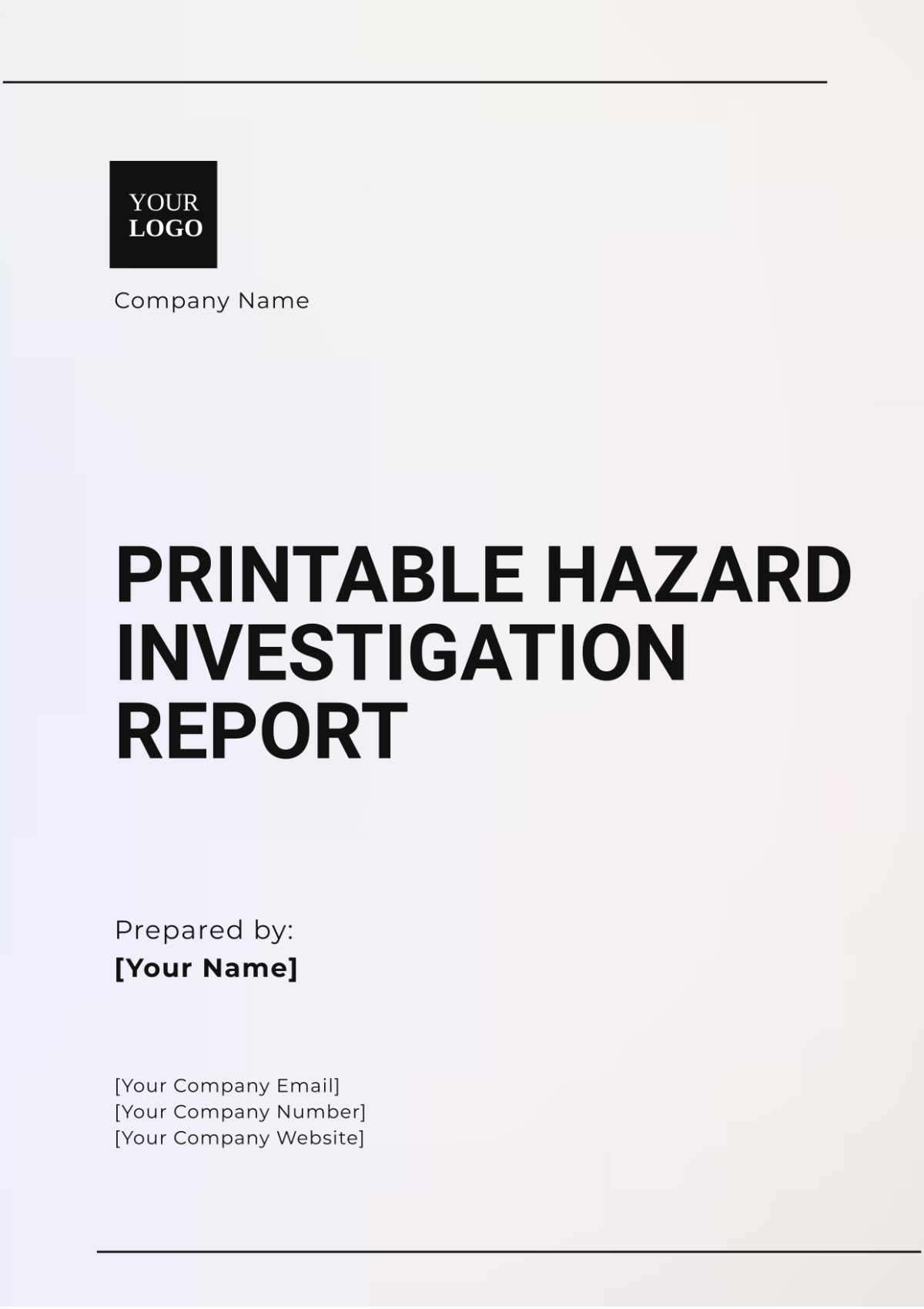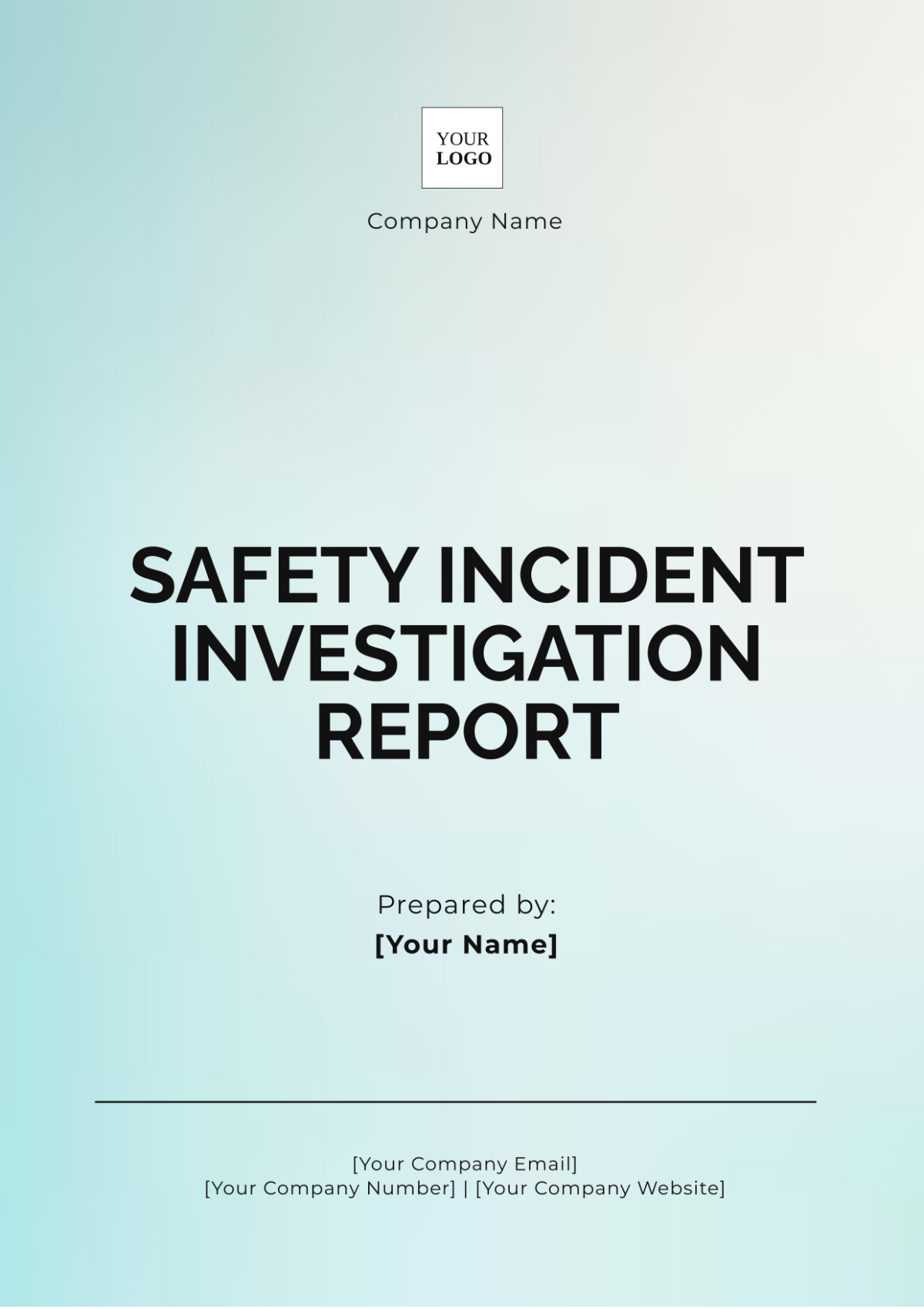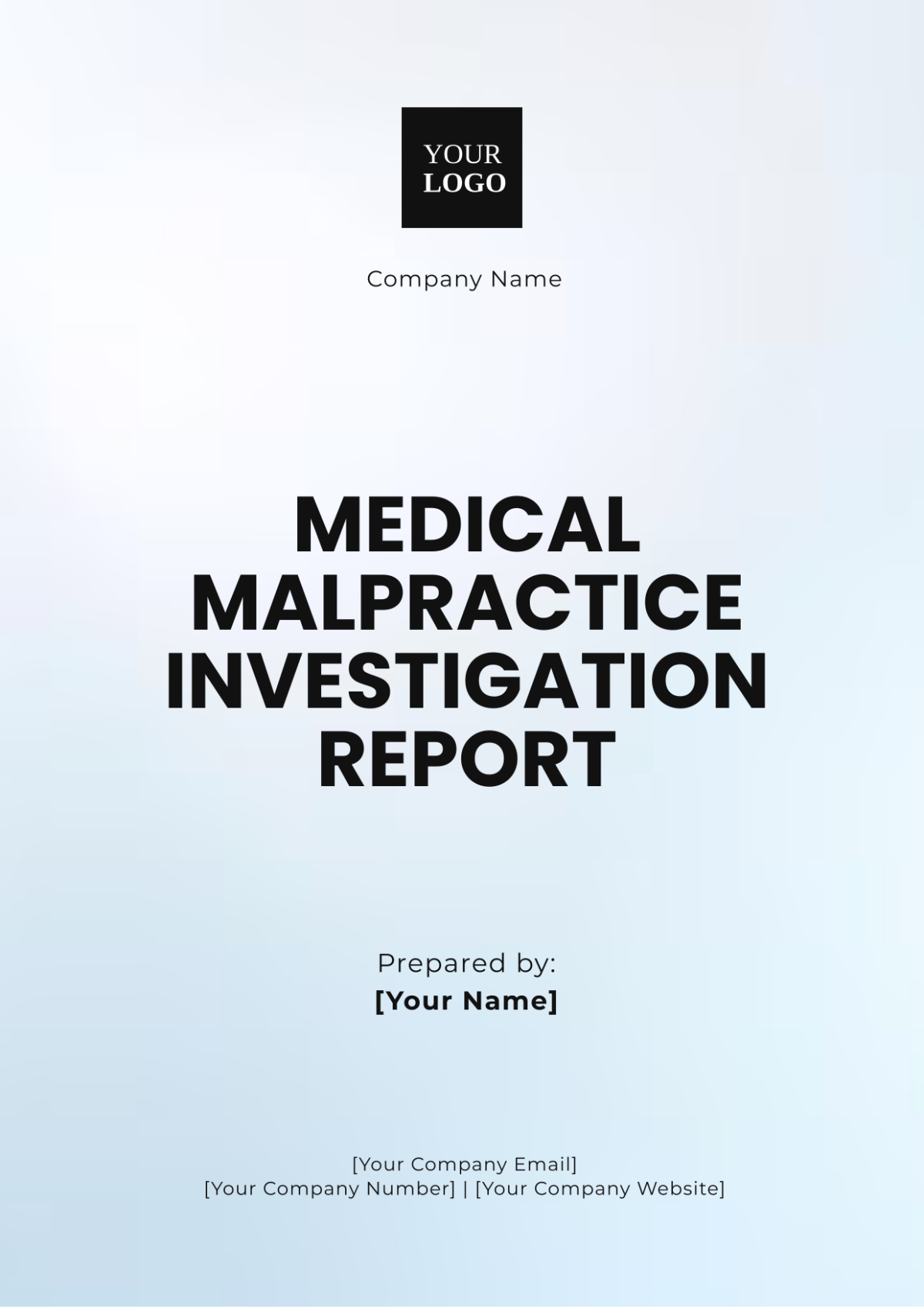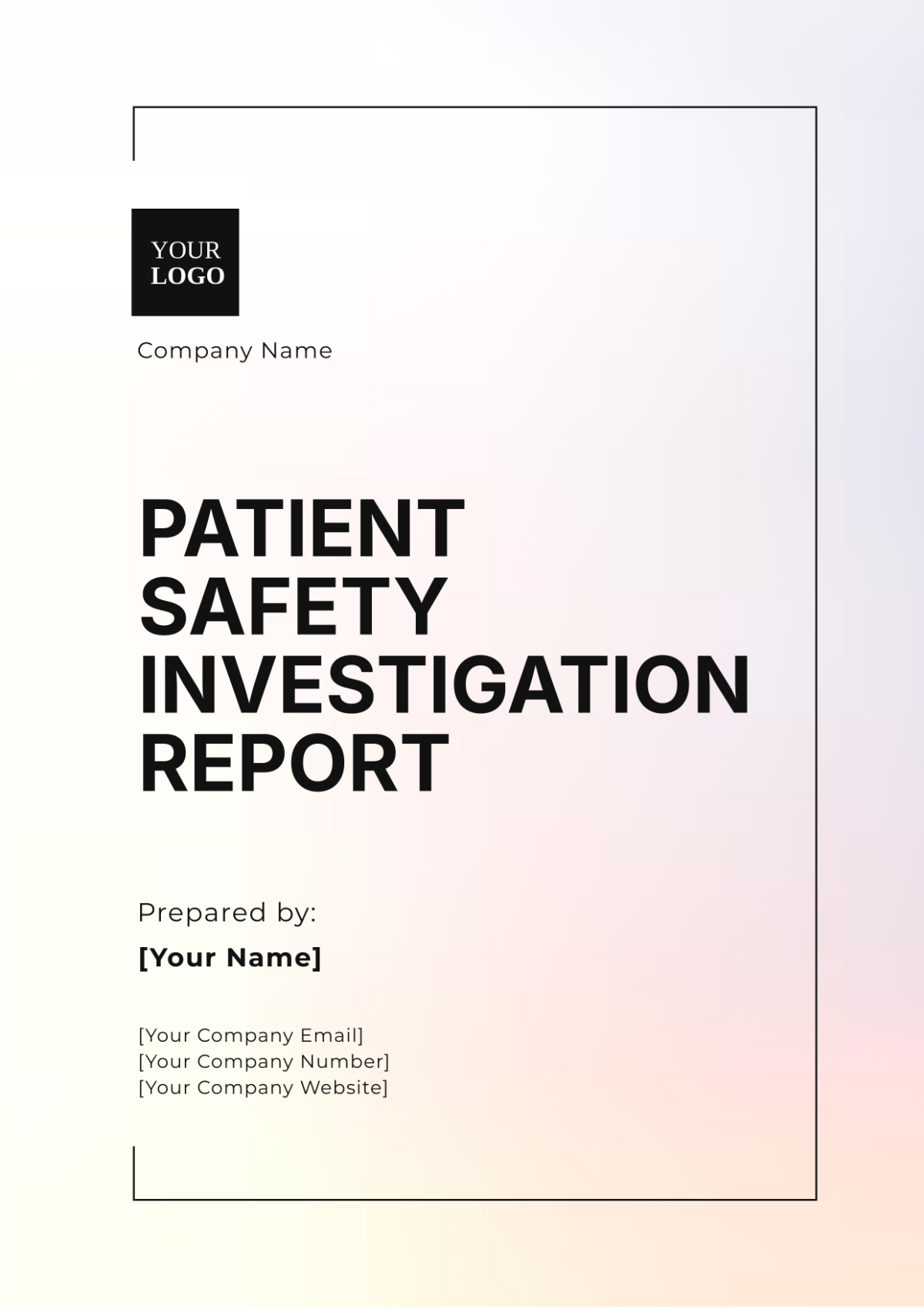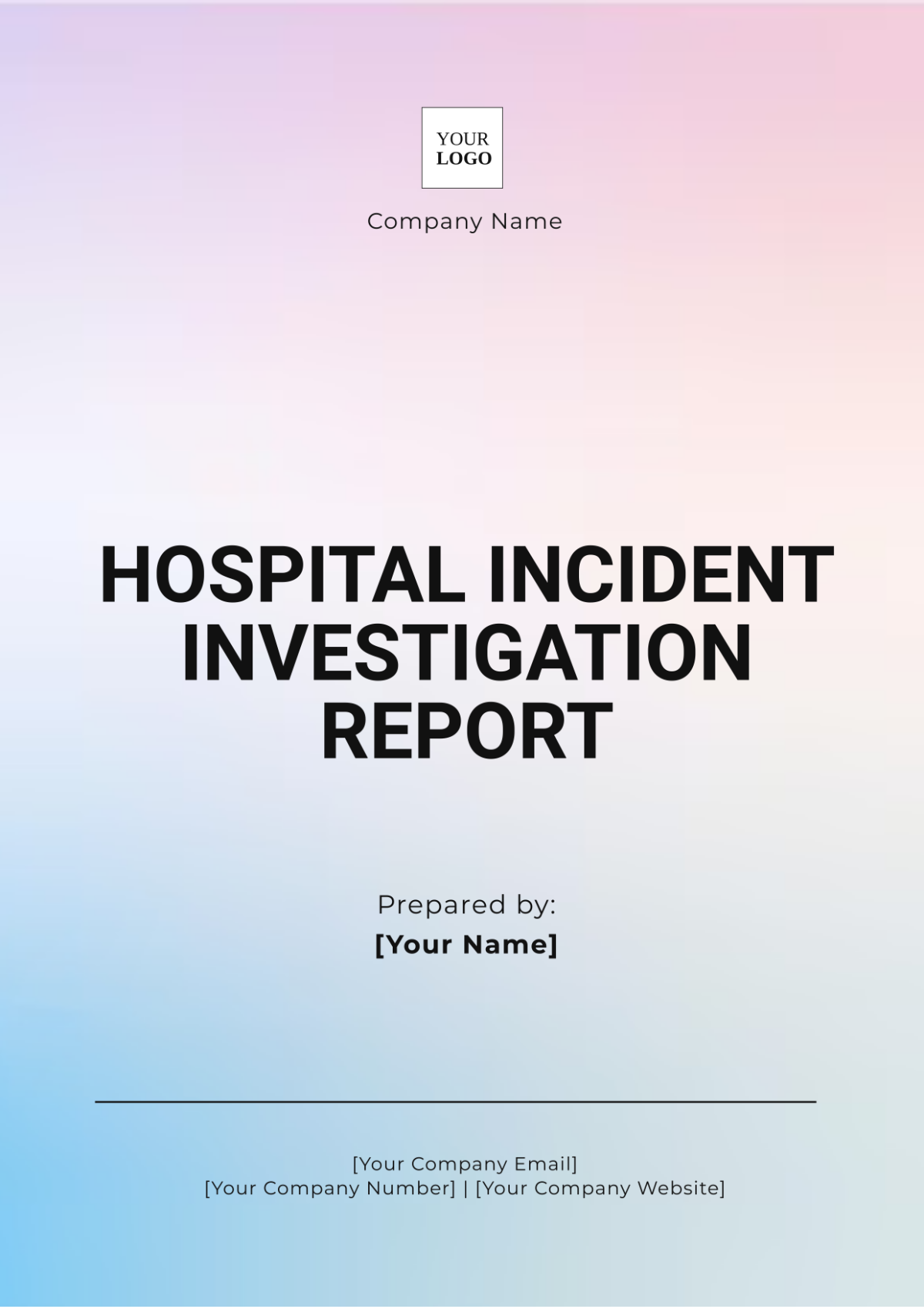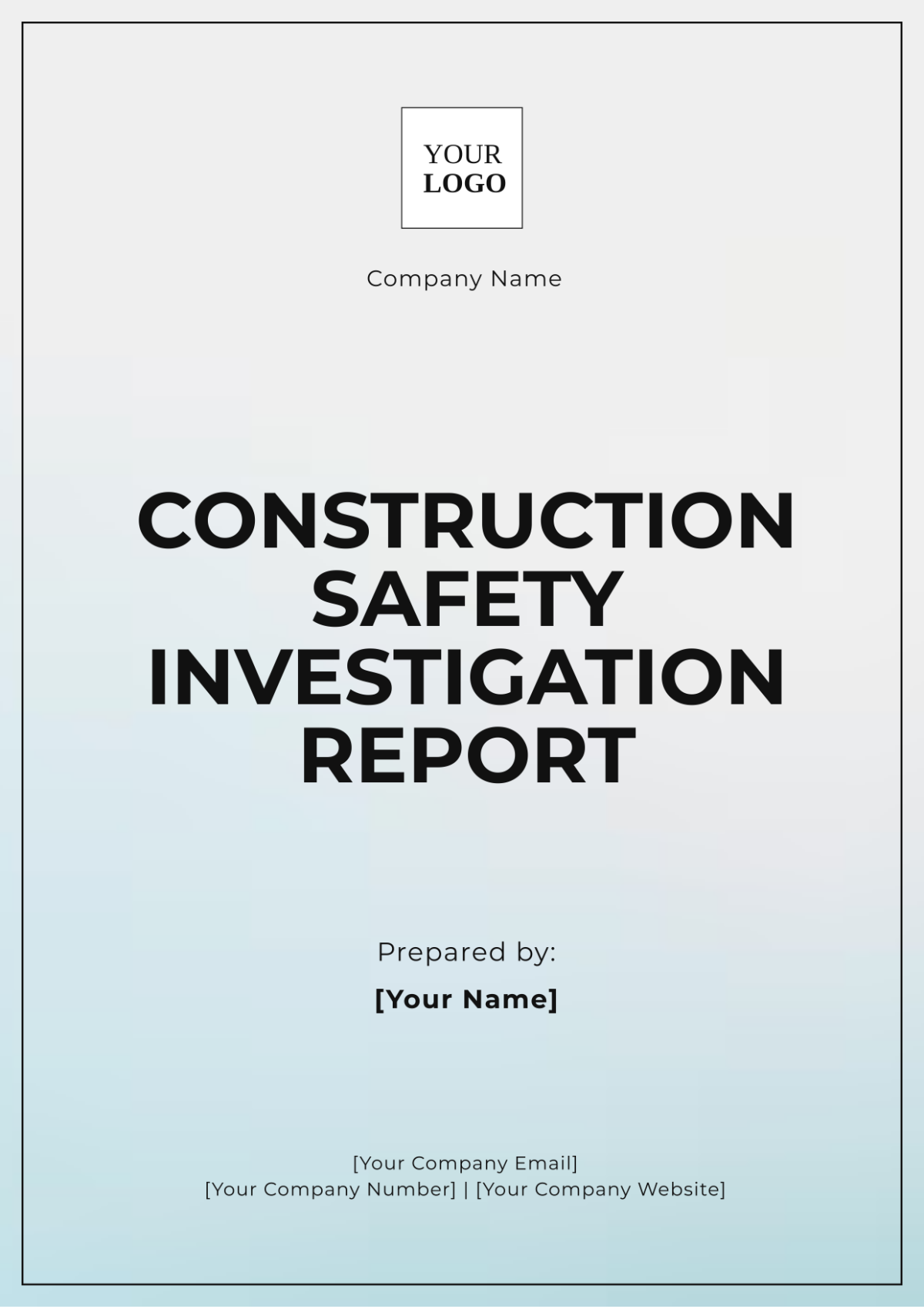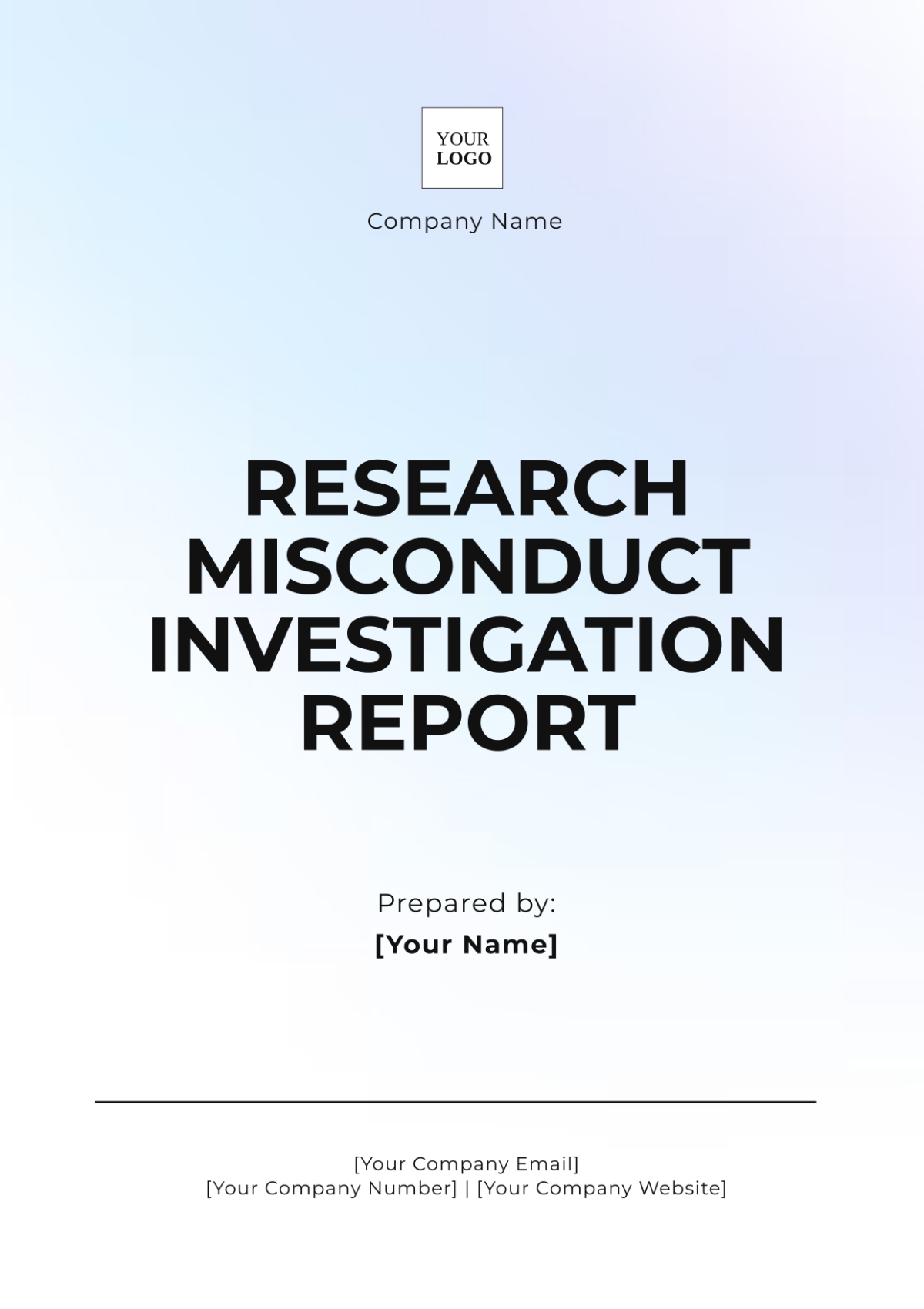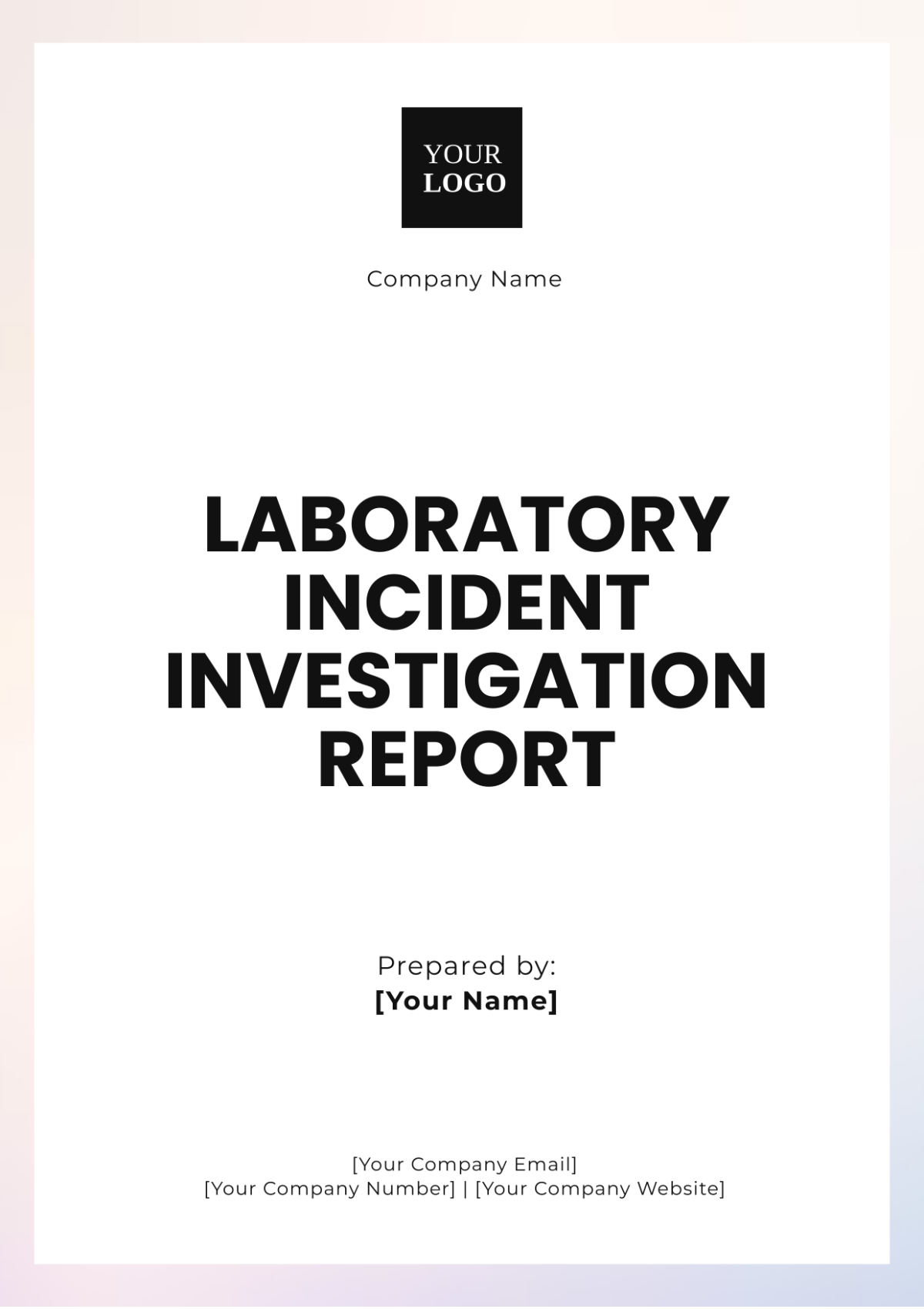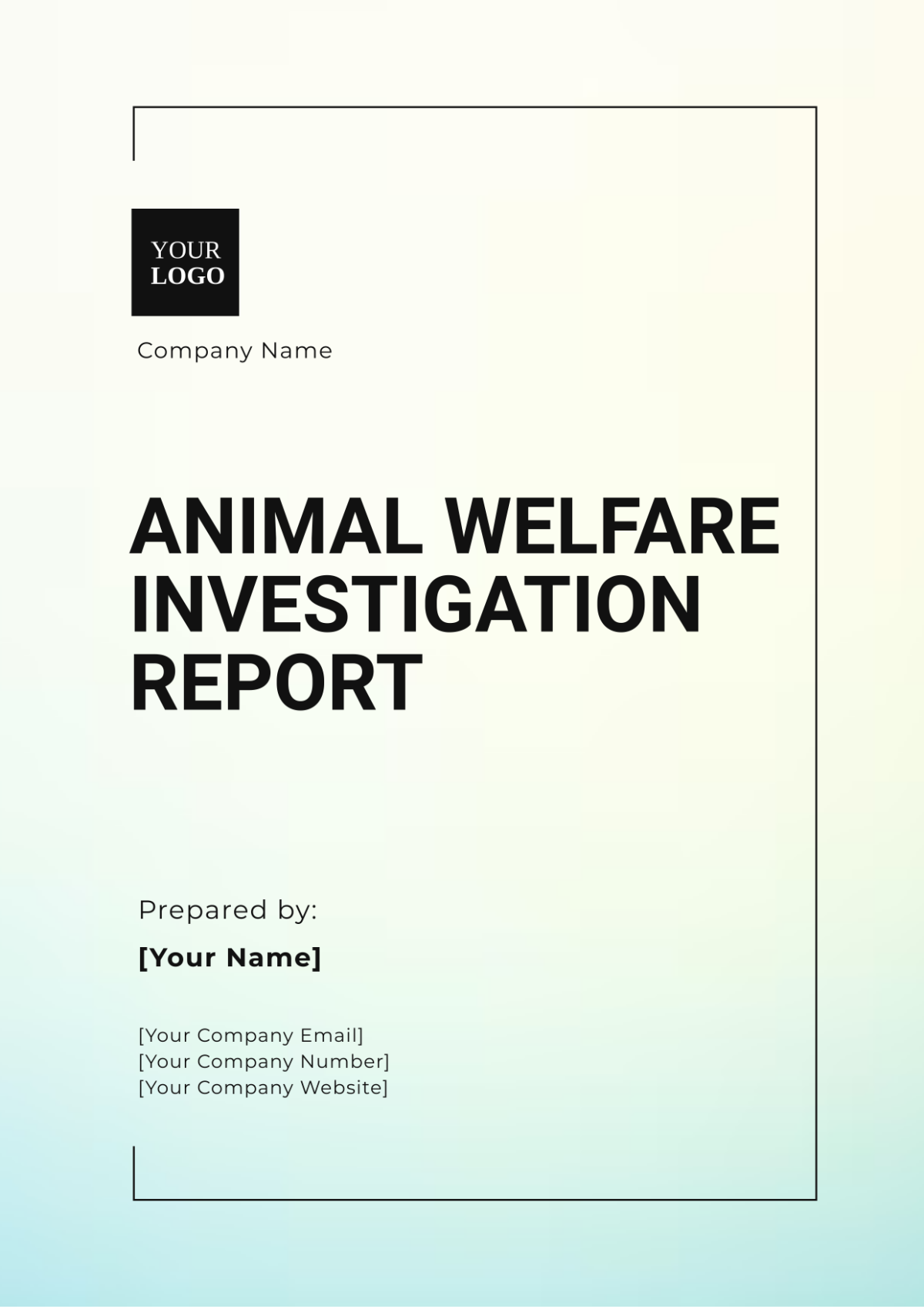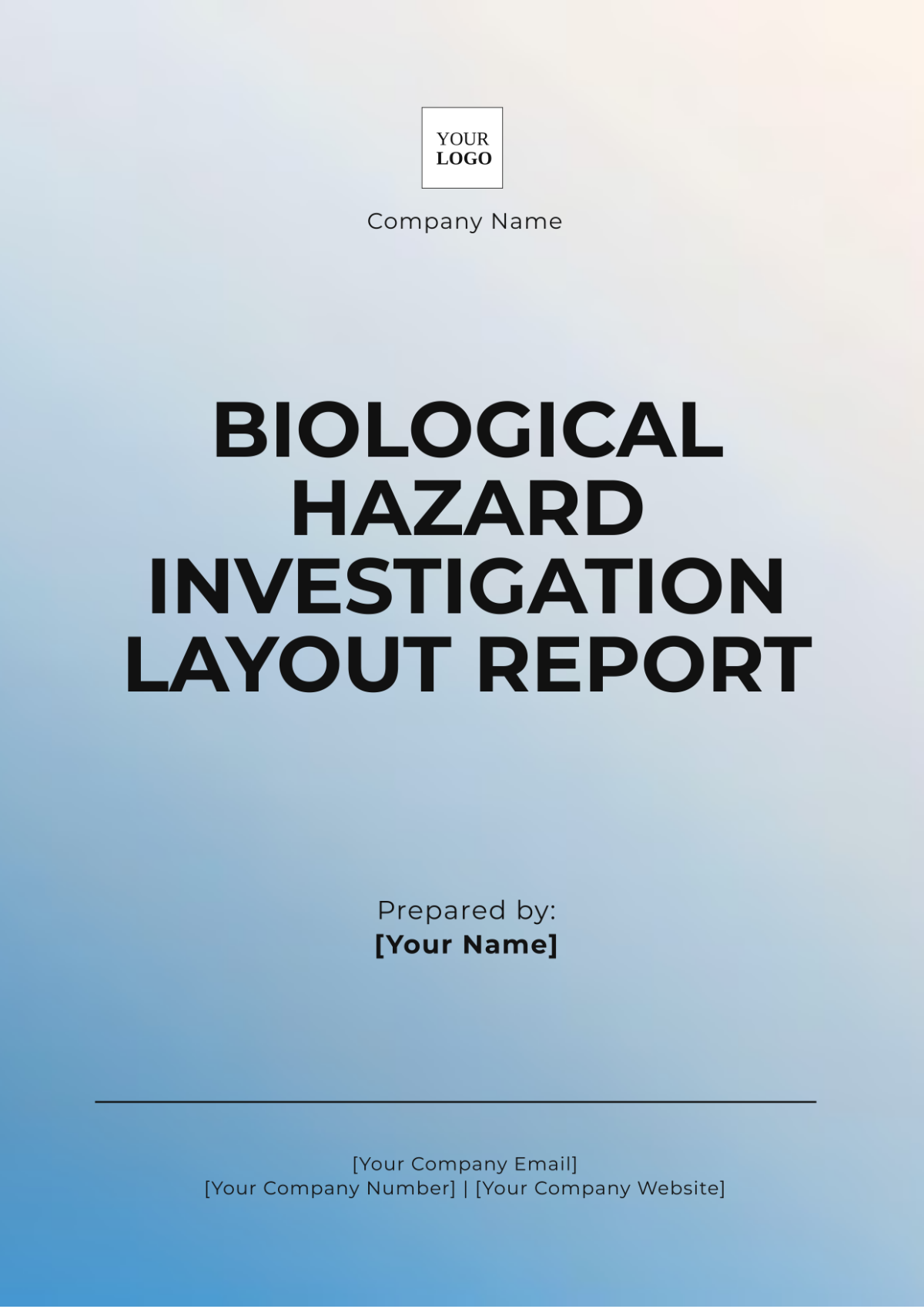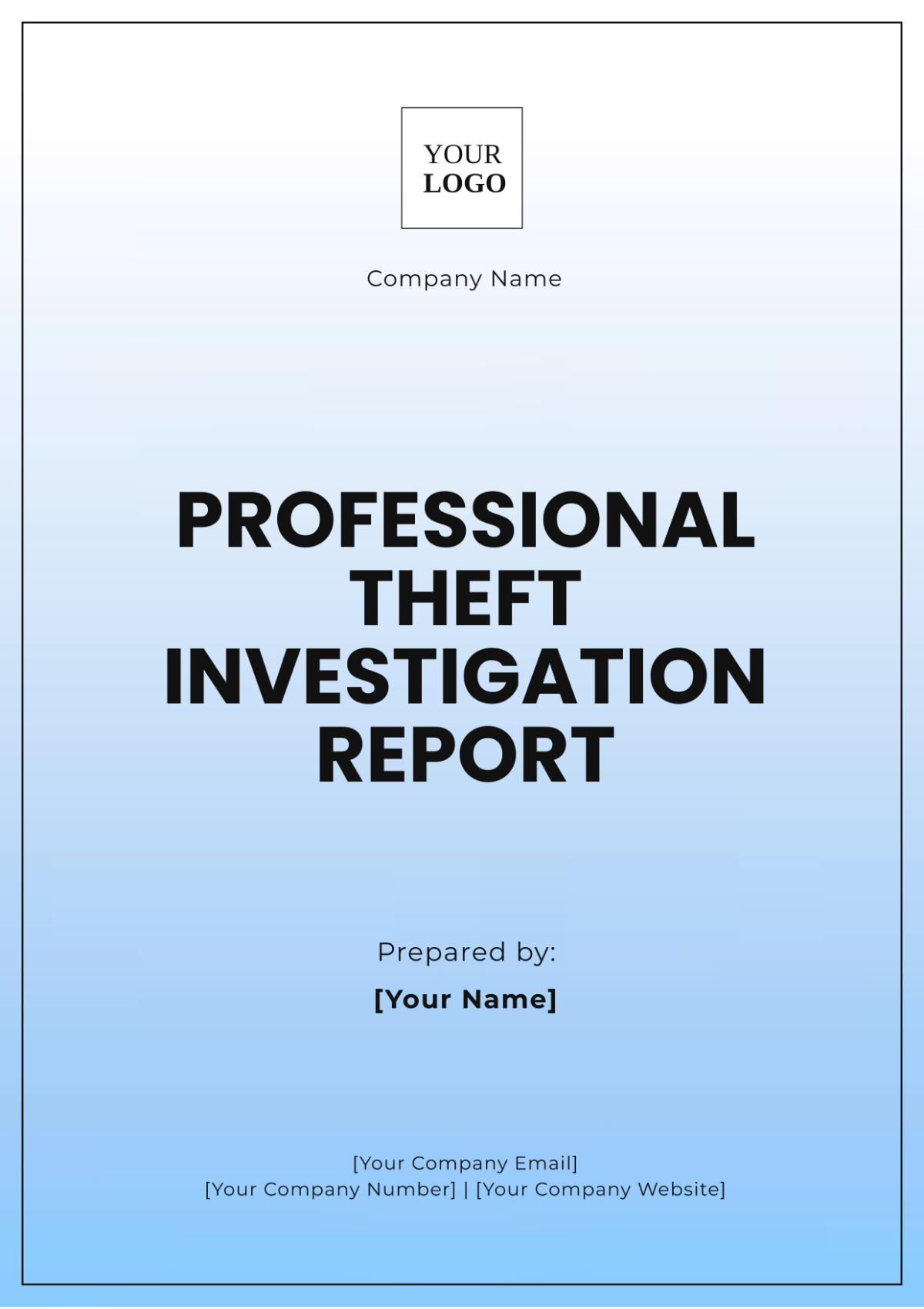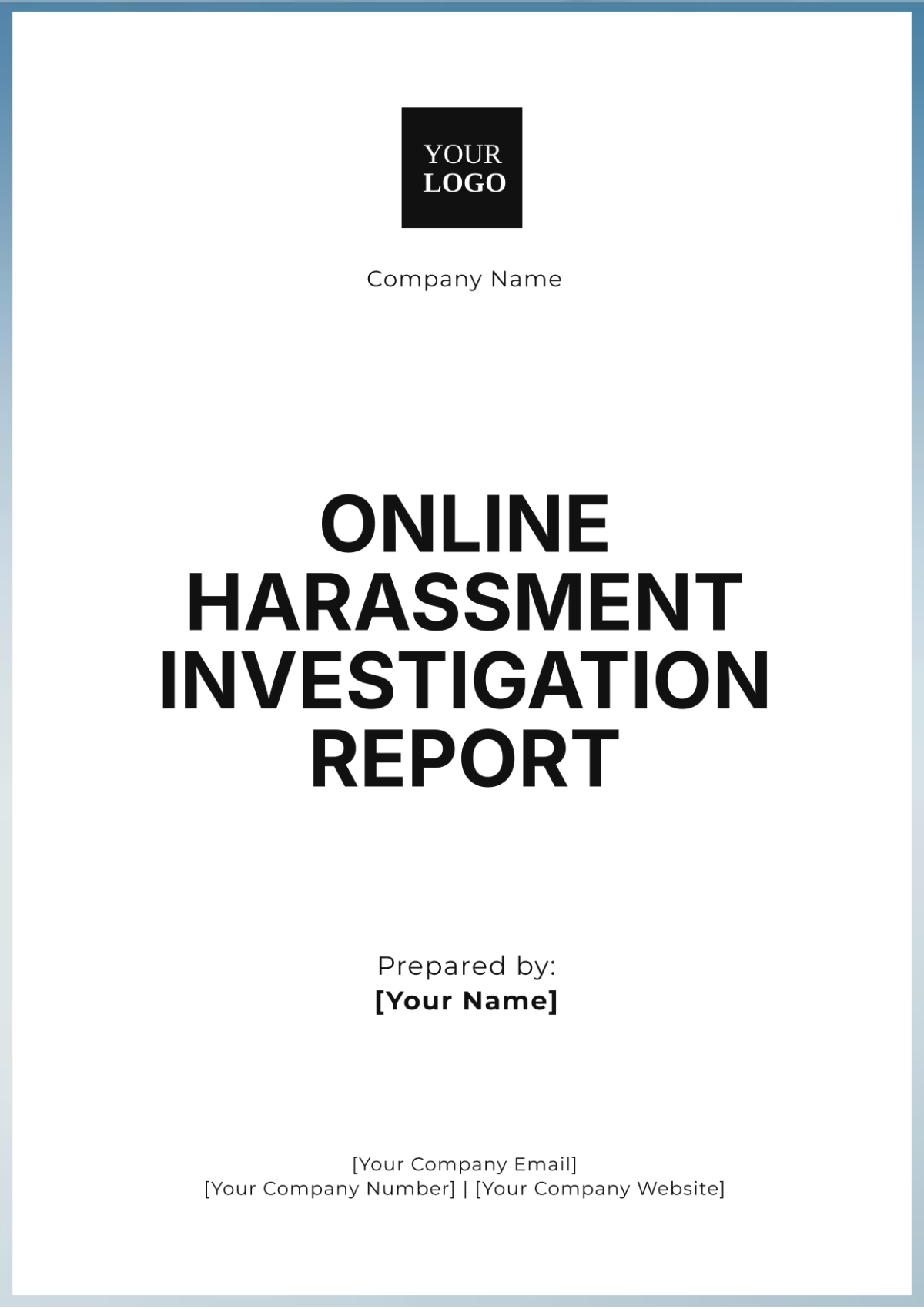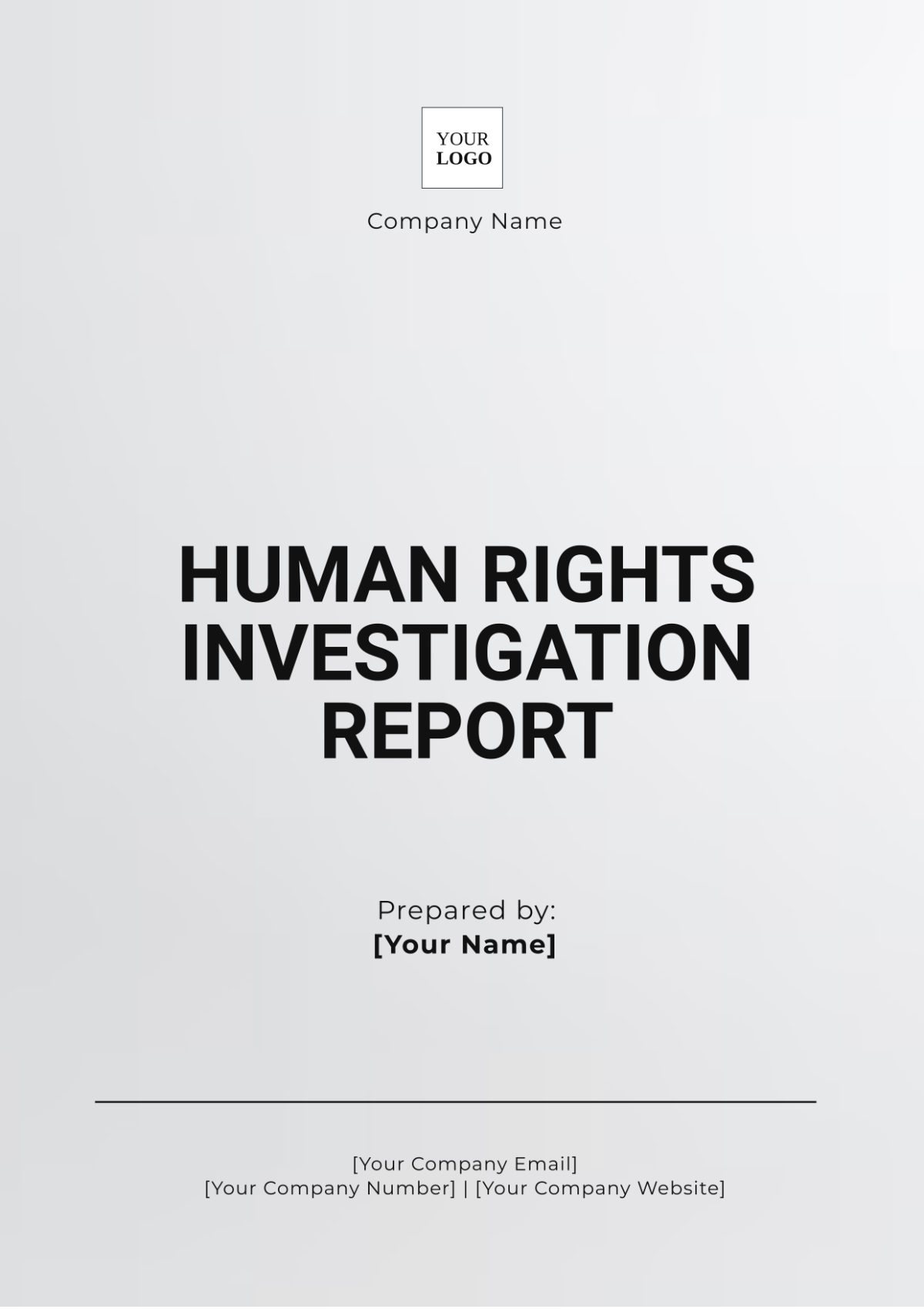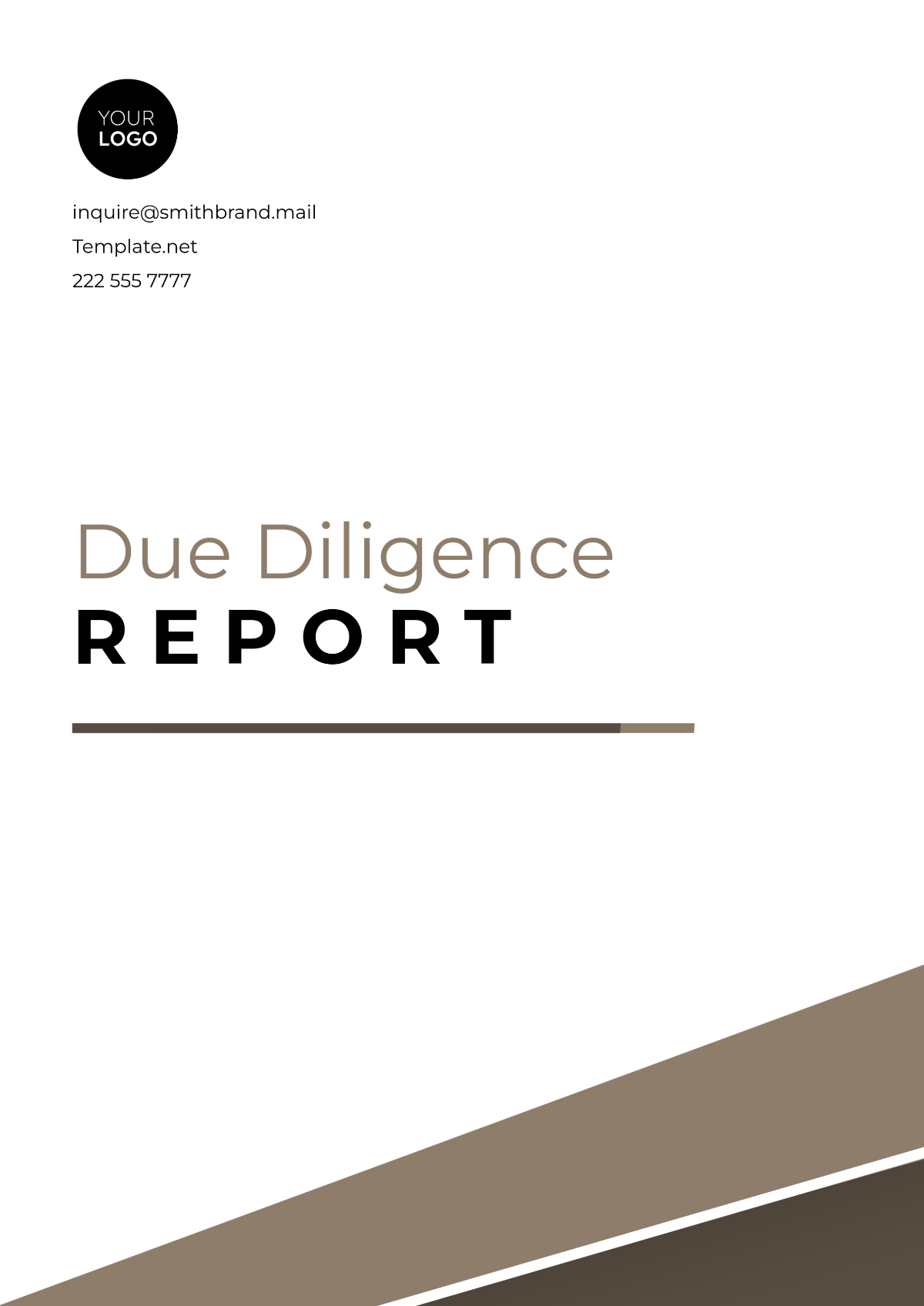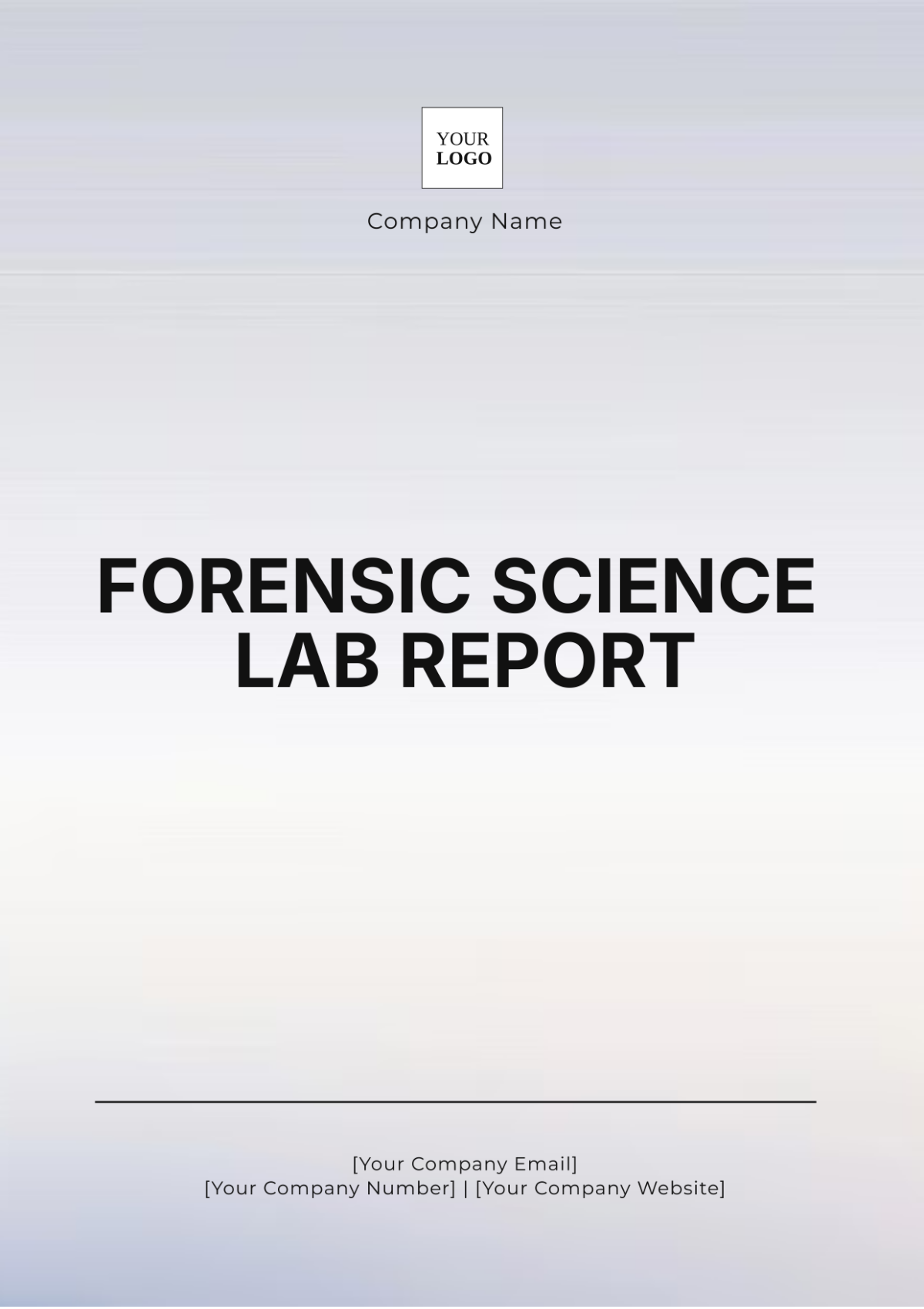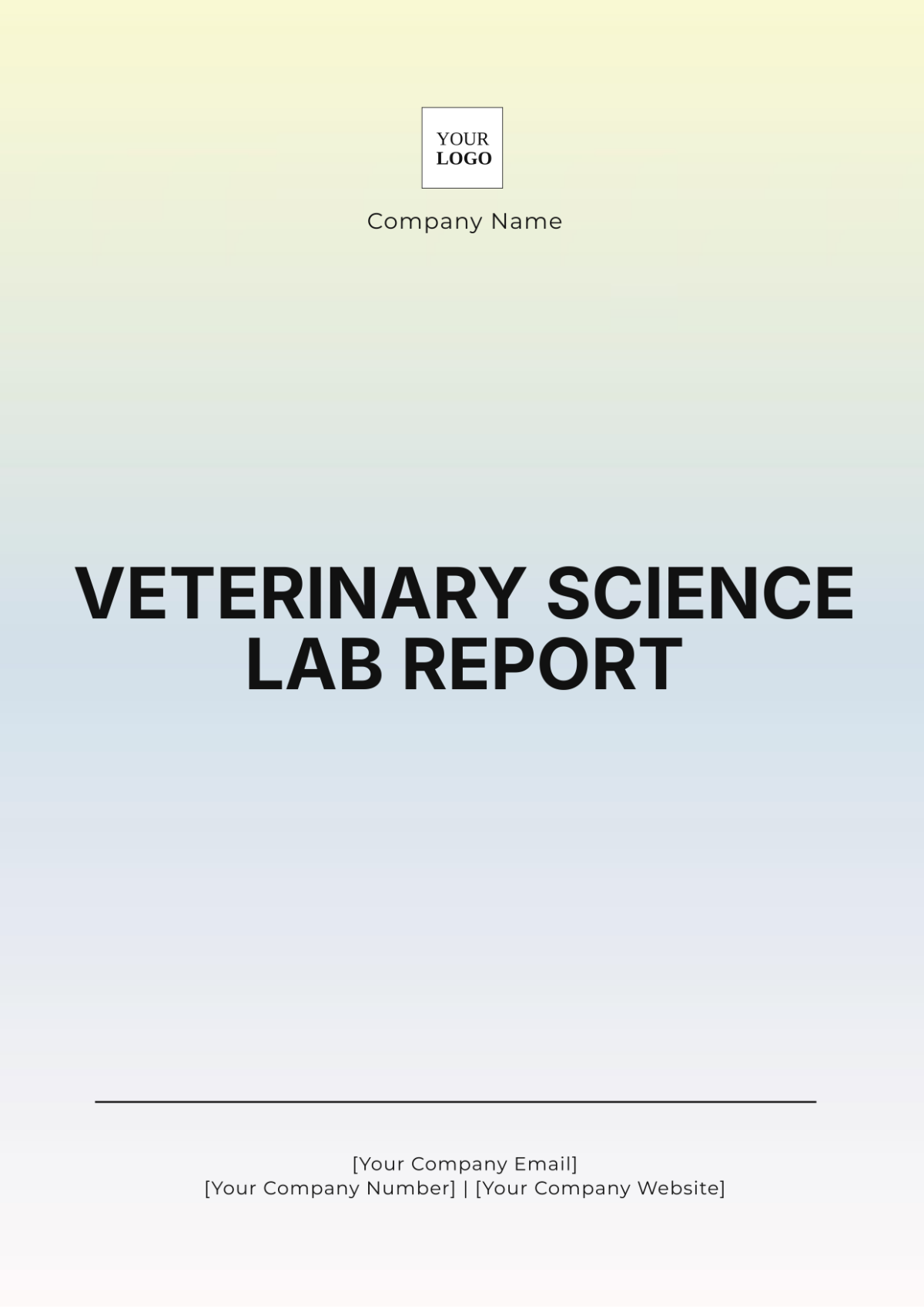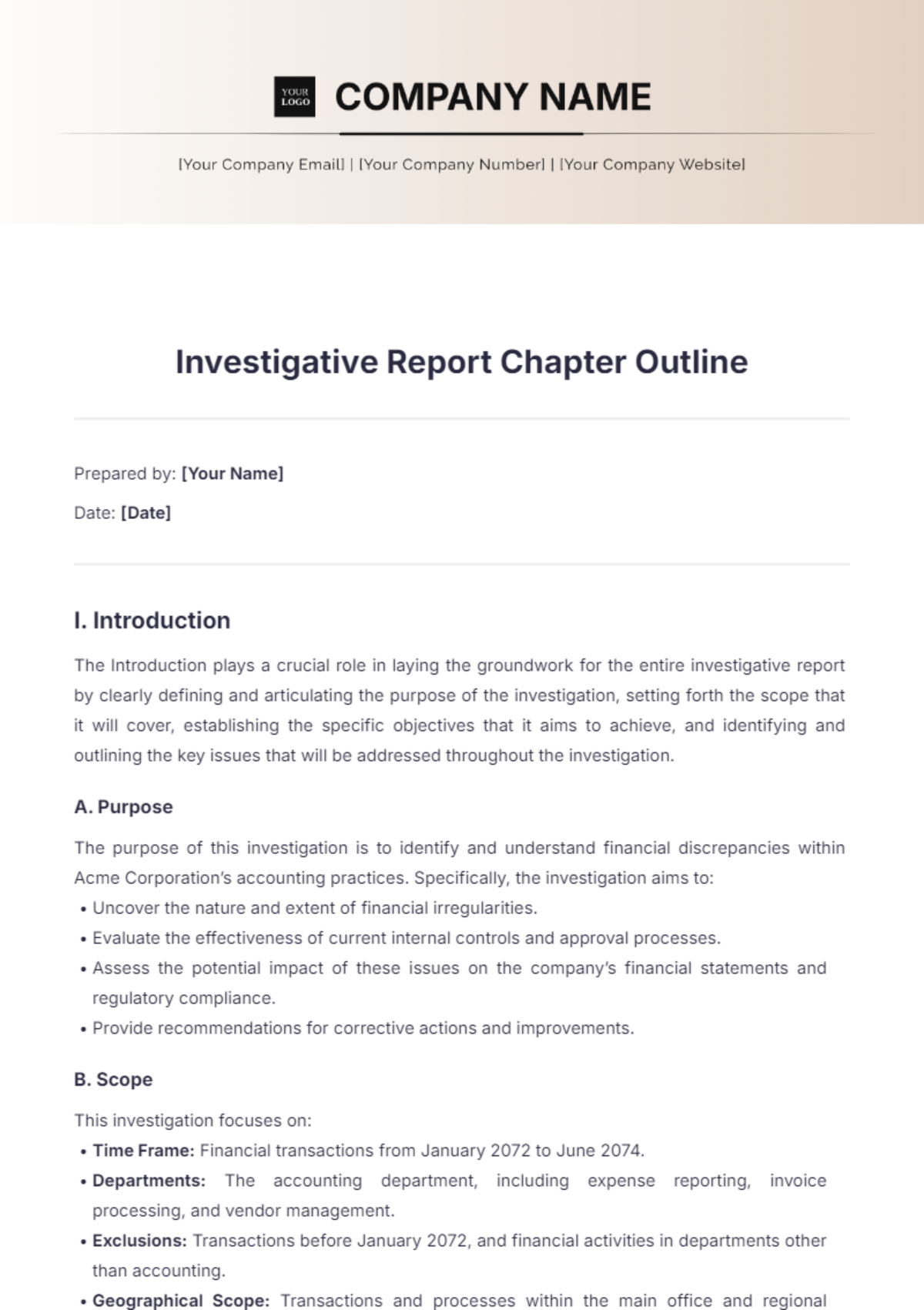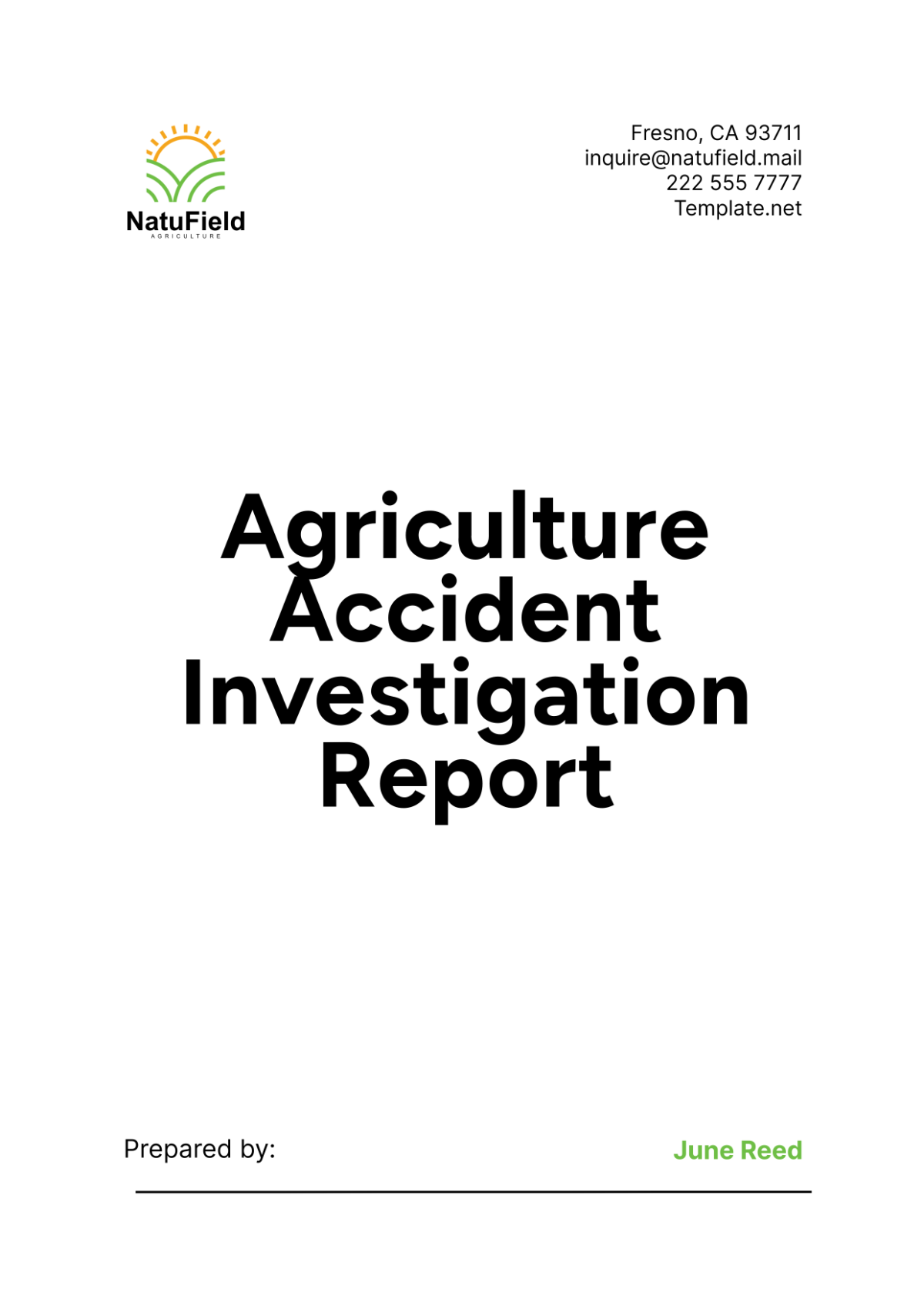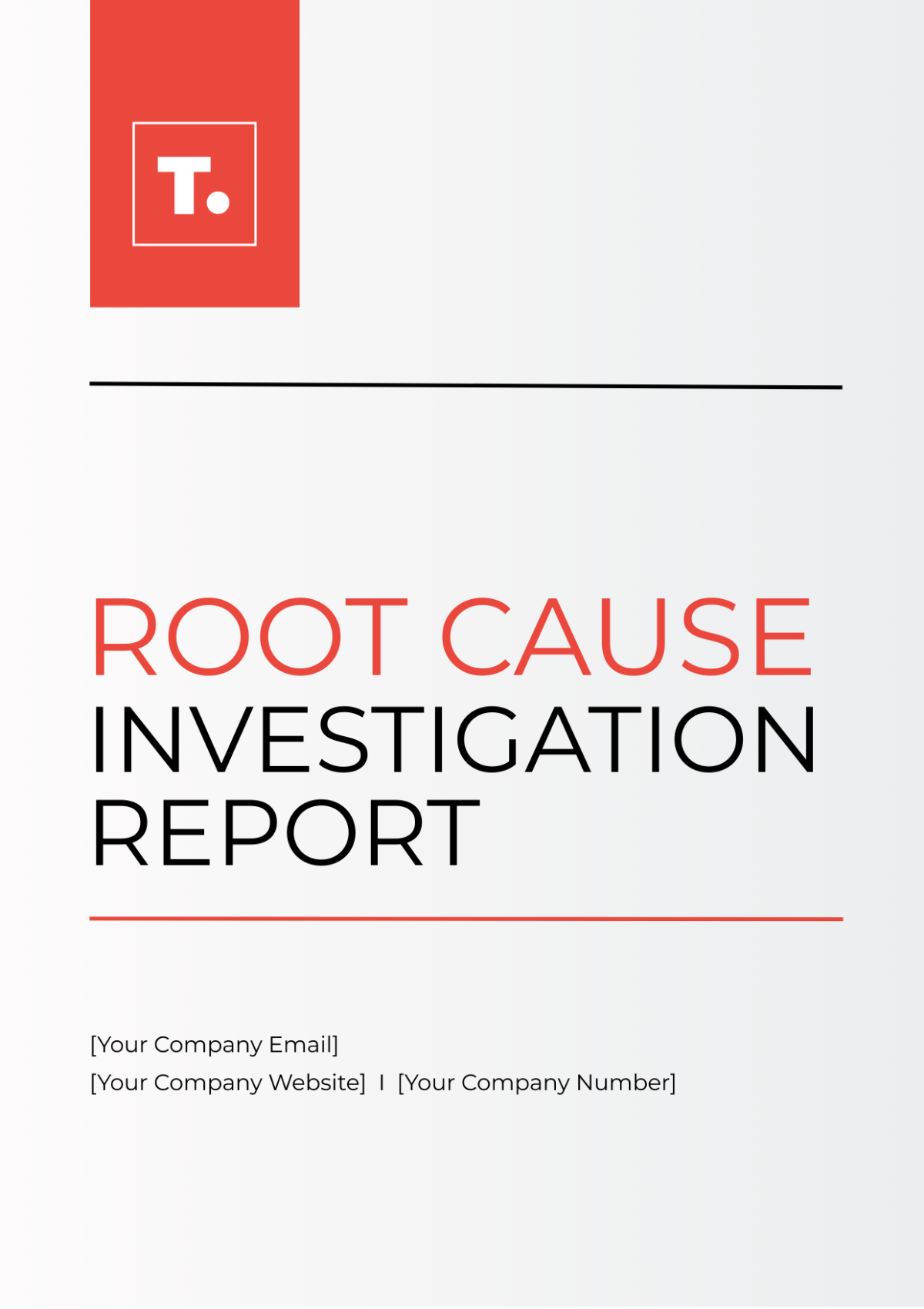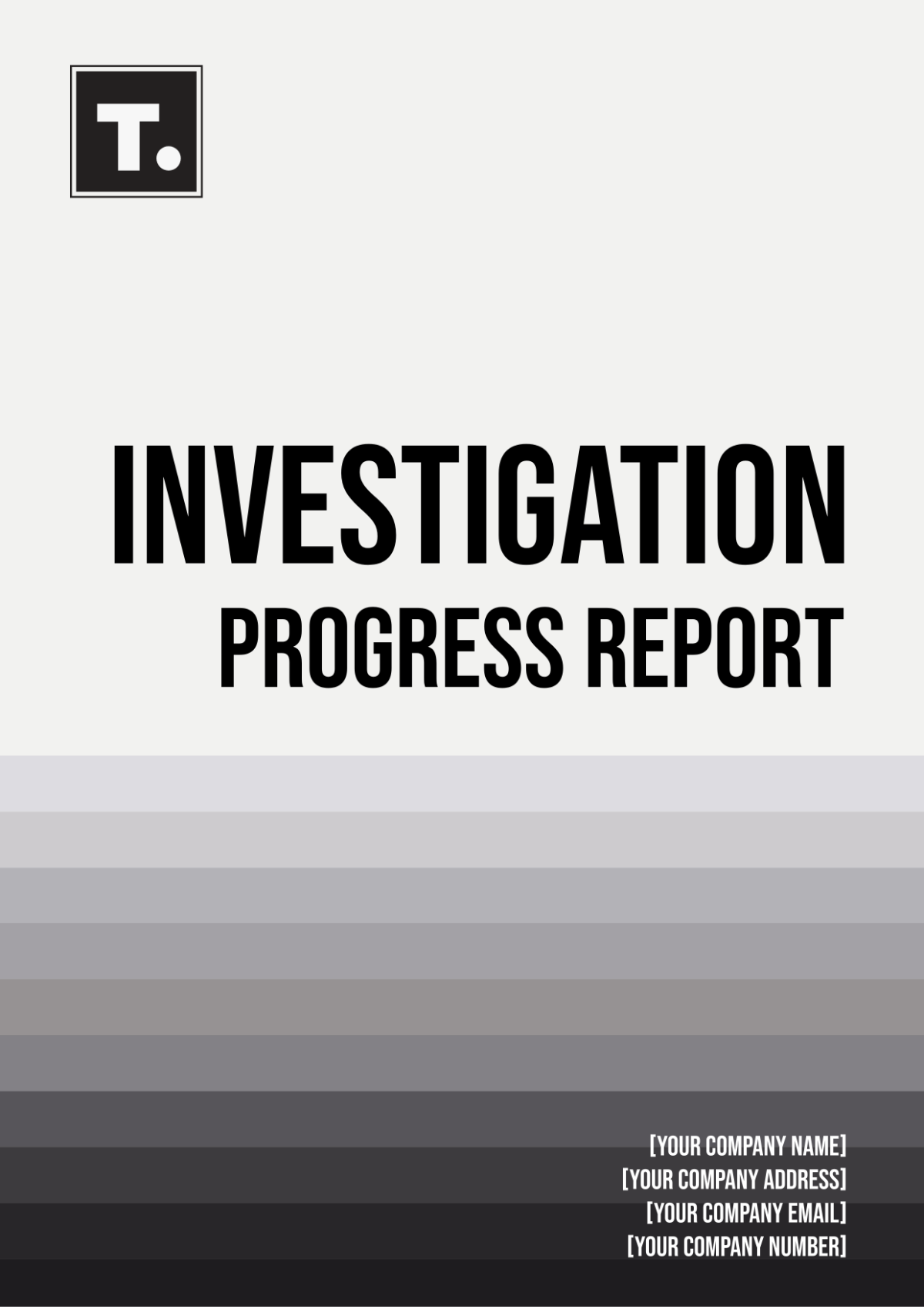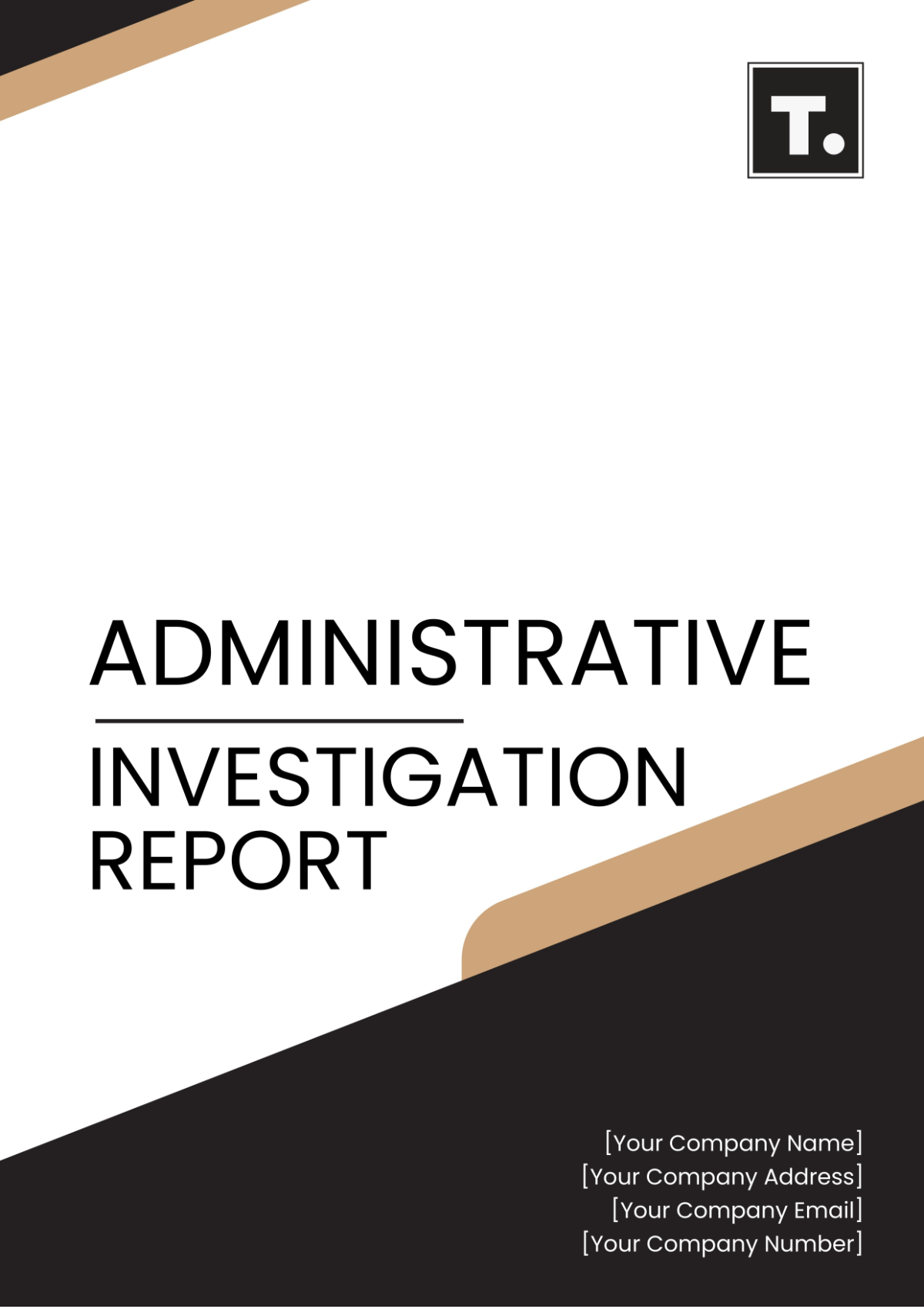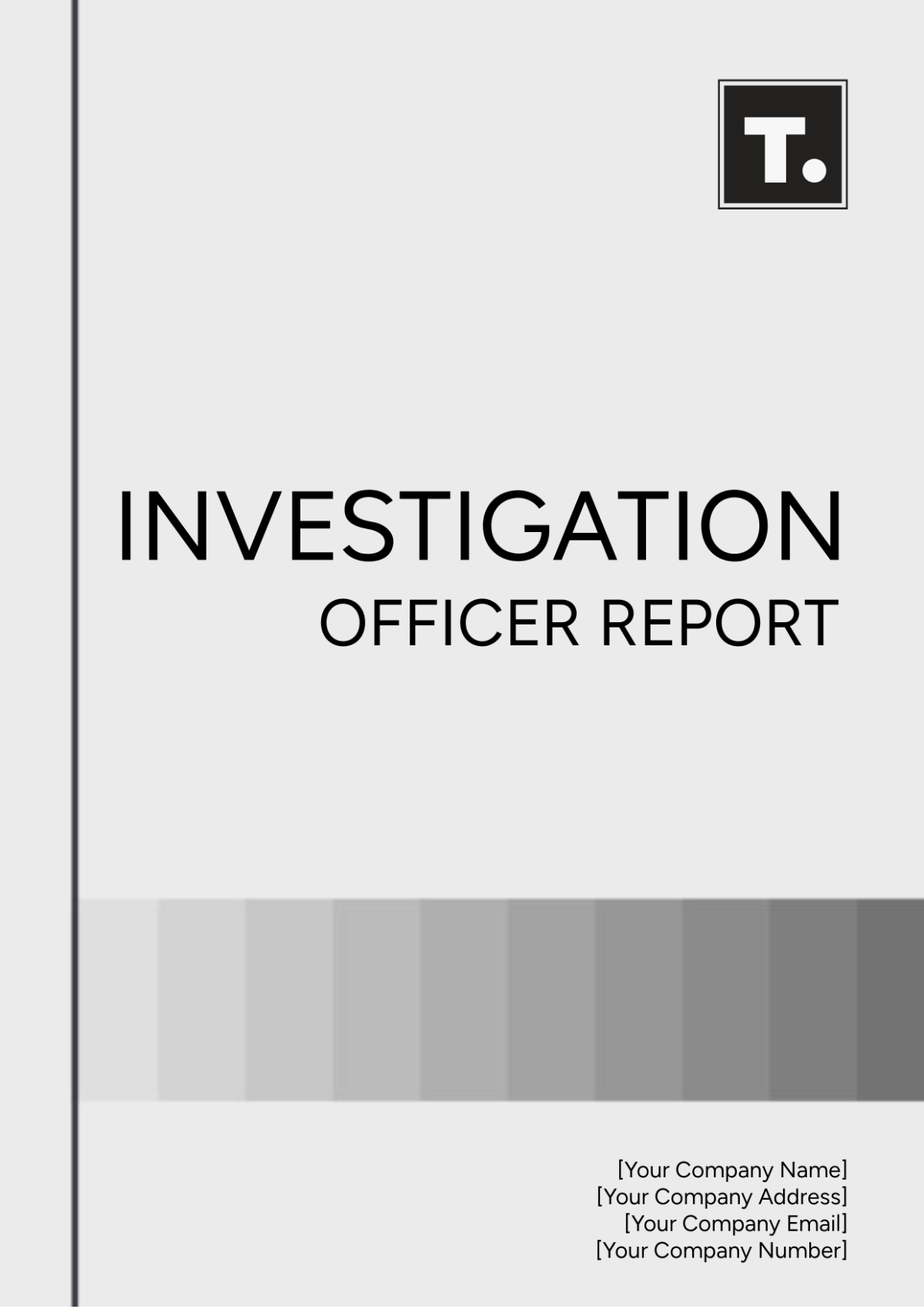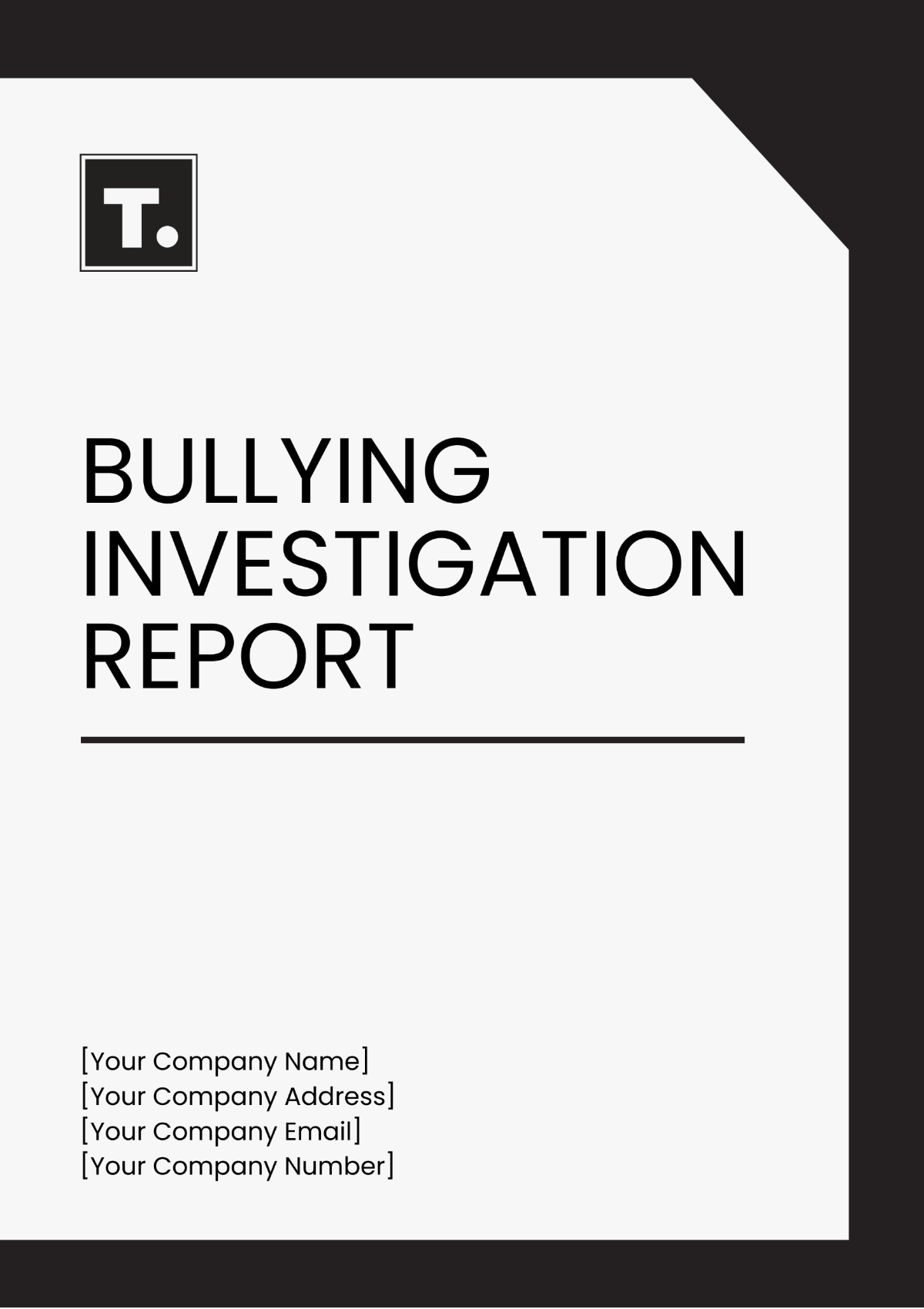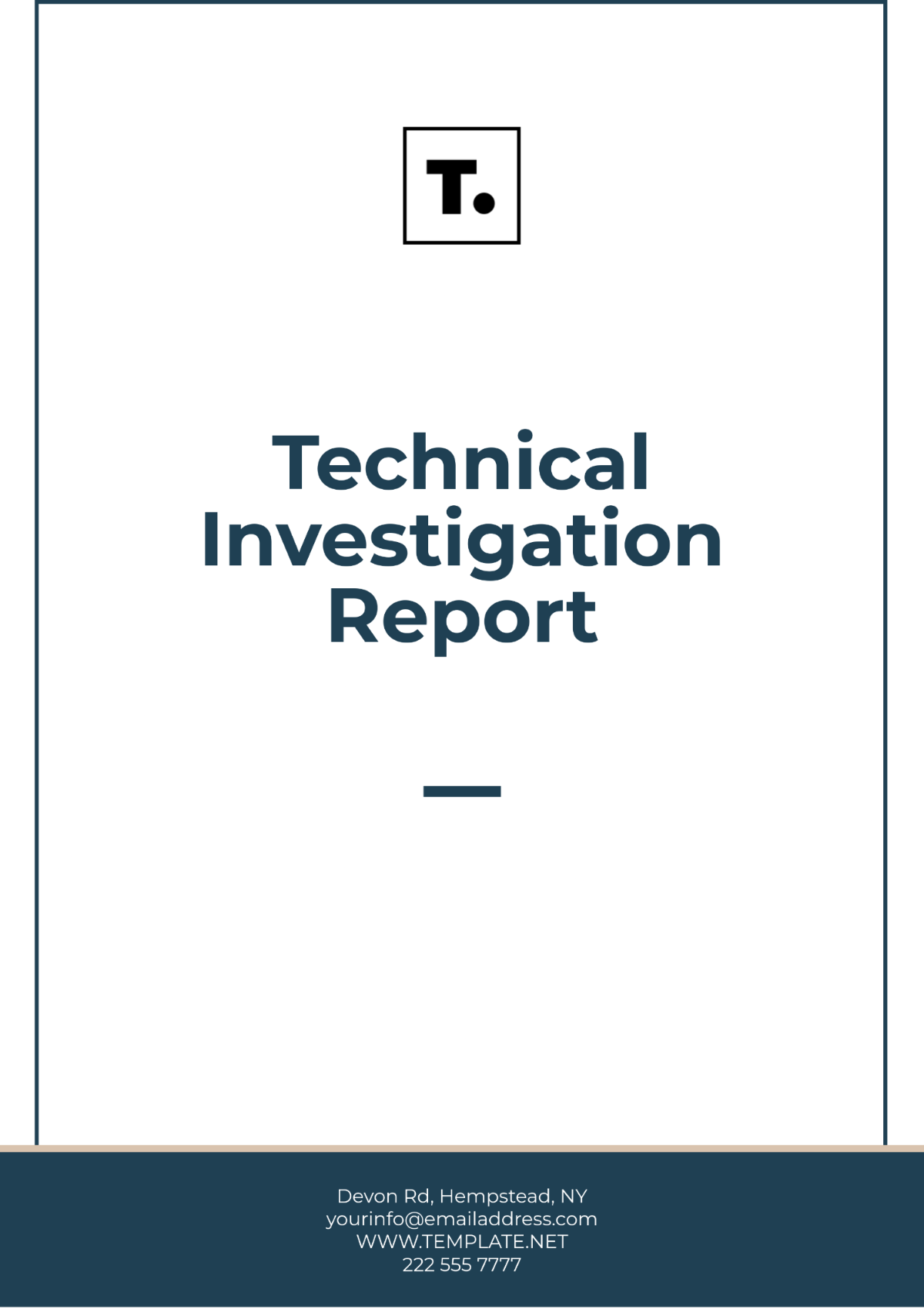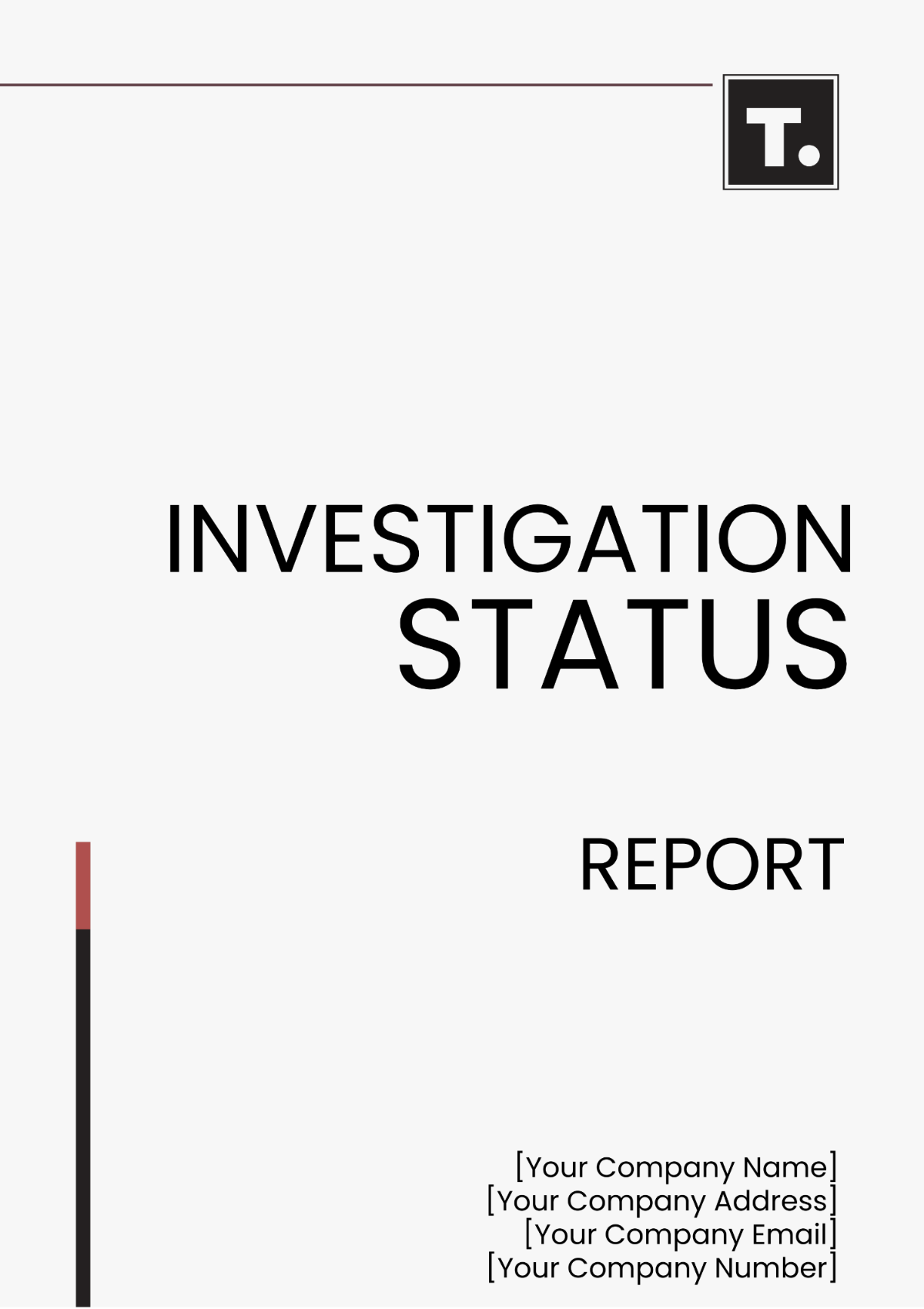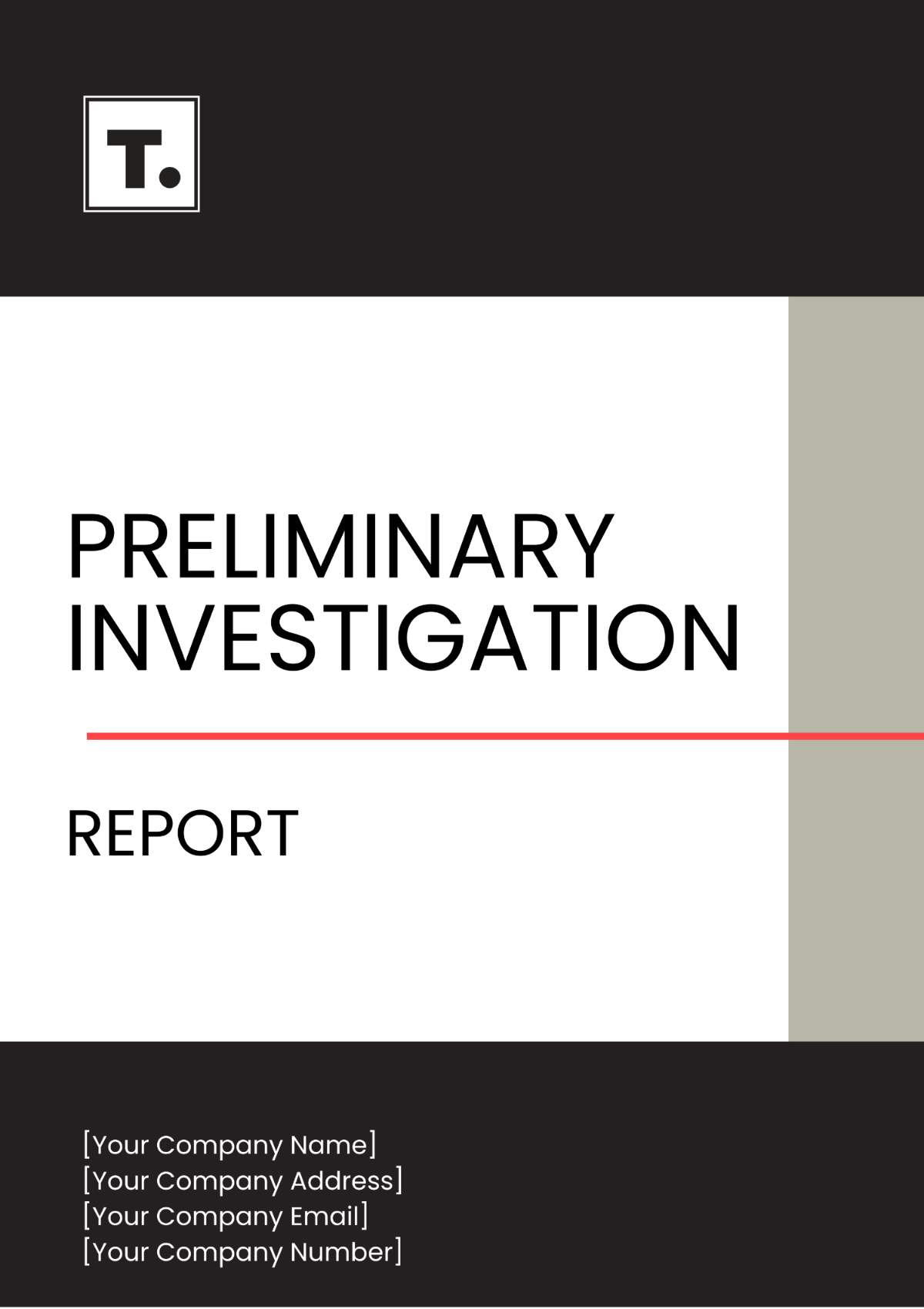Bring your Investigation Reporting to Life with Investigation Report Templates from Template.net.
Keep your investigative team engaged, streamline your documentation process, and ensure accuracy with Investigation Report Templates from Template.net. Ideal for law enforcement agencies, legal professionals, or private investigators, our templates empower you to efficiently compile case details and present findings professionally. Use them to organize crime scene analyses or compile data for courtroom presentations. Each template includes fields for essential information such as case numbers, parties involved, and investigative summaries, ensuring nothing is overlooked. With professional-grade design, our templates require no prior design skills, allowing you to focus on the content without worrying about formatting challenges. Also, enjoy free access to various customizable layouts suitable for both print and digital distribution.
Discover the many Investigation Report Templates we have on hand, each crafted to cater to different investigative needs. Start by selecting a template that suits your case, then effortlessly swap in your assets and tweak colors and fonts to match your style or agency branding. Enhance your reports with advanced touches by dragging and dropping icons and graphics, or add animated effects for a dynamic presentation. With our AI-powered text tools, writing and editing become a breeze, making the possibilities endless and skill-free. Our regularly updated templates ensure you have the latest designs at your fingertips. When you’re finished, seamlessly download or share your reports via email, print, or export, making them ideal for distribution across multiple channels and facilitating real-time collaboration.
